- More mature and stylish than the last X1
- Practical and great quality cabin
- Surprisingly well equipped for the money
- New OS 8 isn't as easy to use as iDrive 7
- No manual mode for the transmission
- Features like heated seats are a subscription
It’s no secret that SUVs of all sizes are setting the sales charts alight all over the globe, with almost every manufacturer having a comprehensive SUV lineup. While medium and larger SUVs have long been the cash cows for premium manufacturers like BMW – just look at how many X5s have been sold since its inception in 1999 – more recently they’ve been selling up a storm with their smaller SUVs and it’s easy to see why: why buy a mainstream mid-size SUV like a higher-spec Mazda CX-5 when an Audi Q3 is available for not too much more money? Enter the 2023 BMW X1 sDrive18i, the latest version of one of the original premium small SUVs. Is it worth your hard earned cash? Let’s find out.
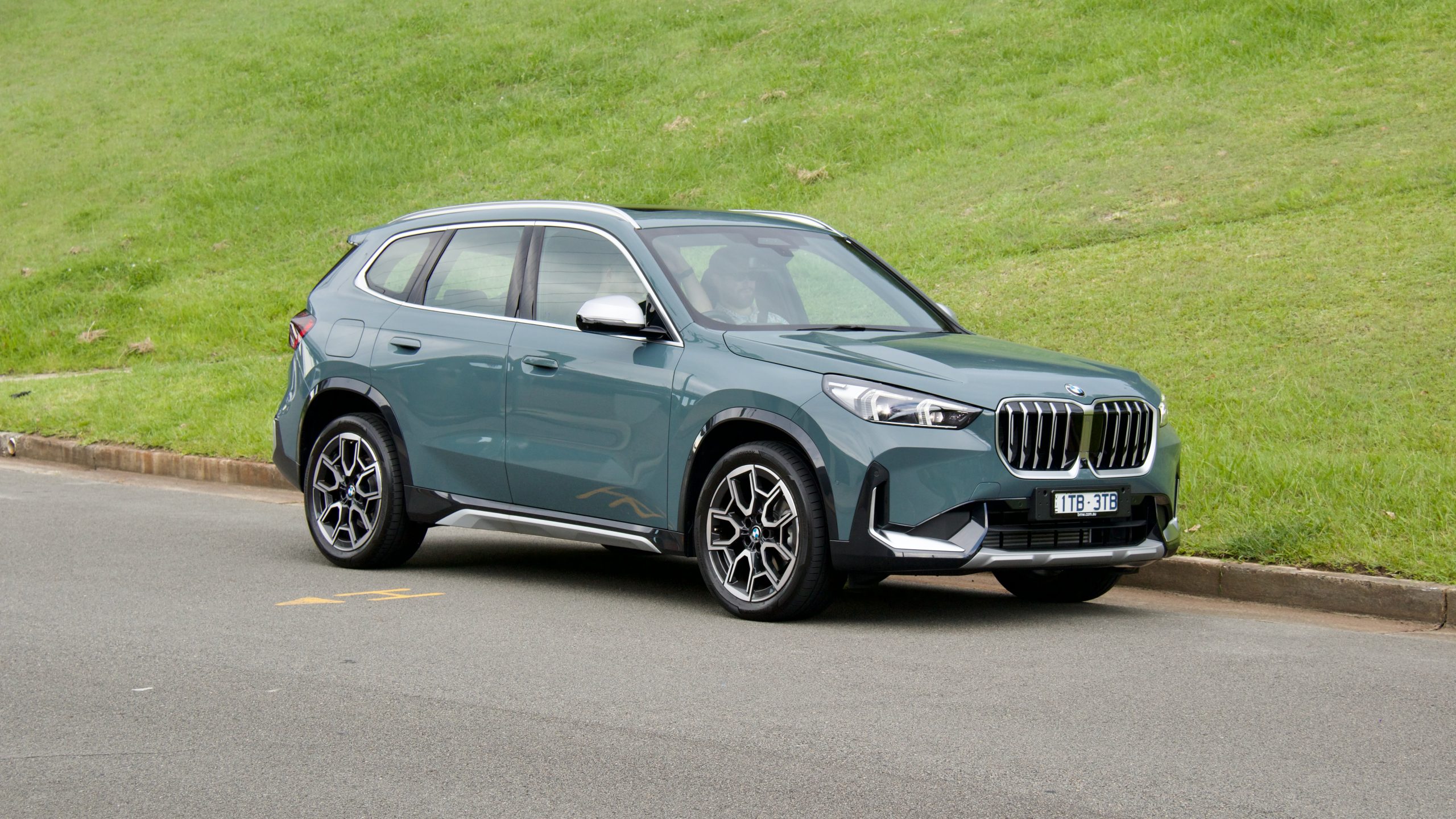
The latest-generation BMW X1 hasn’t been on sale in Australia for long, having arrived locally at the end of 2022. It’s the third-generation of the X1 name, which first launched in 2009, and promises the addition of more style, practicality and technology to a great, but not particularly interesting, all-rounder. Has BMW put in enough effort to overcome the plethora of SUV rivals like the Volvo XC40, aforementioned Audi Q3, Lexus UX and Mercedes-Benz GLA?
Price & Equipment: 7/10
For now, there’s only three petrol-powered 2023 BMW X1 models for sale in Australia: the entry-level sDrive18i tested here ($60,400 plus on-road costs or around $66,500 drive away) and the higher-spec xDrive20i ($70,400 +ORC) and xDrive20i M Sport ($73,9400 +ORC) sitting above it. The all-electric iX1 is priced from $82,900 plus on-road costs.
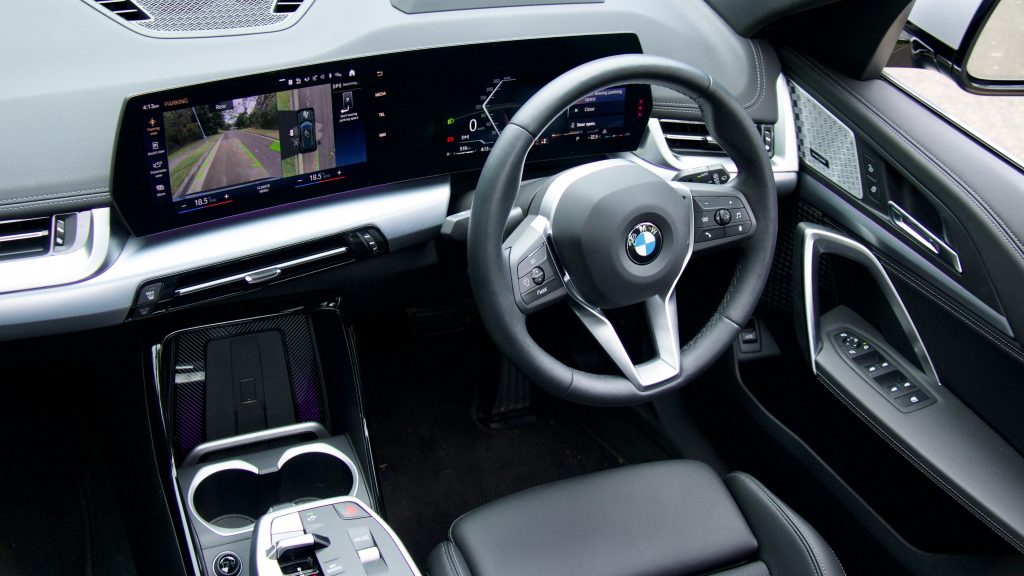
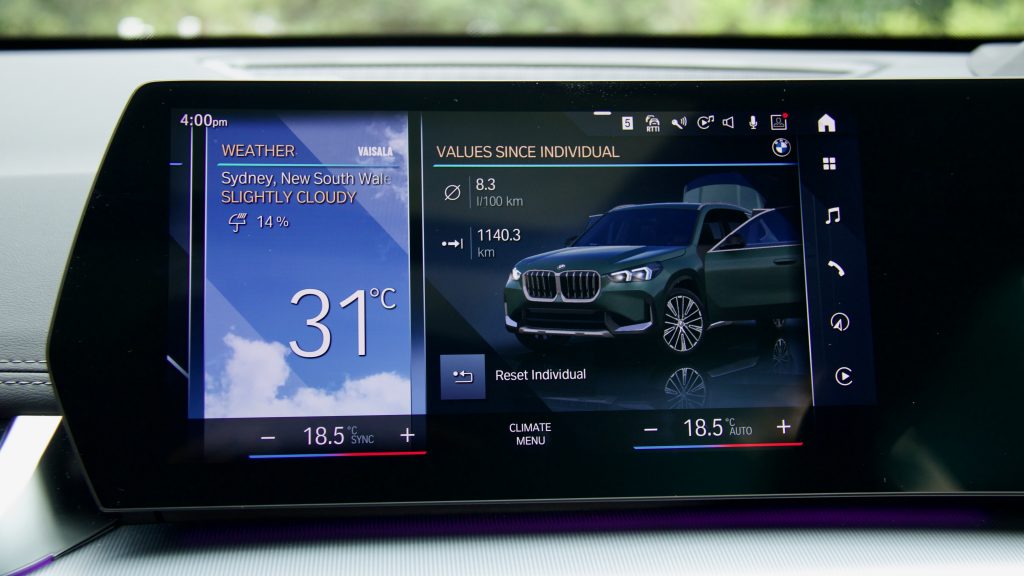
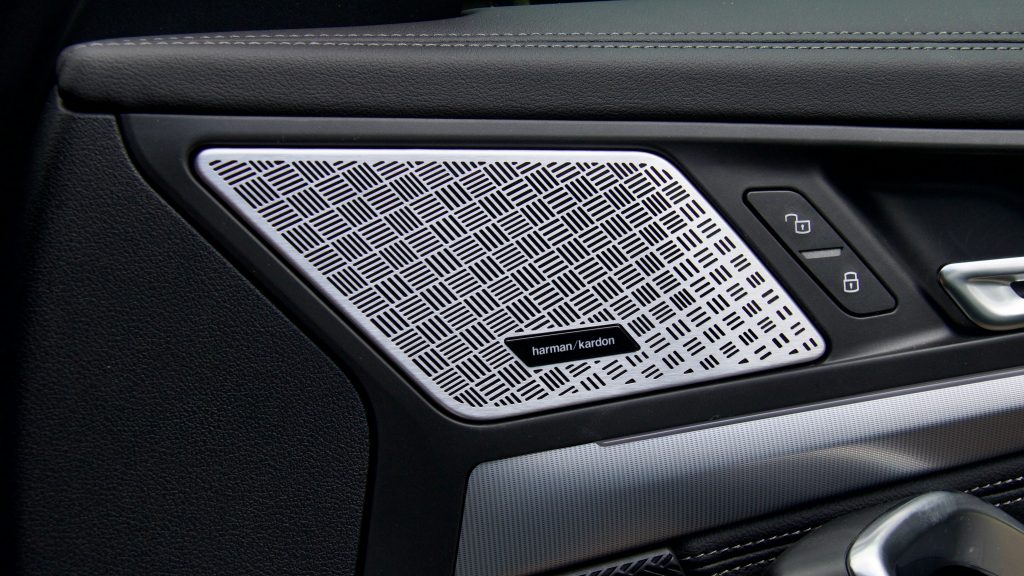
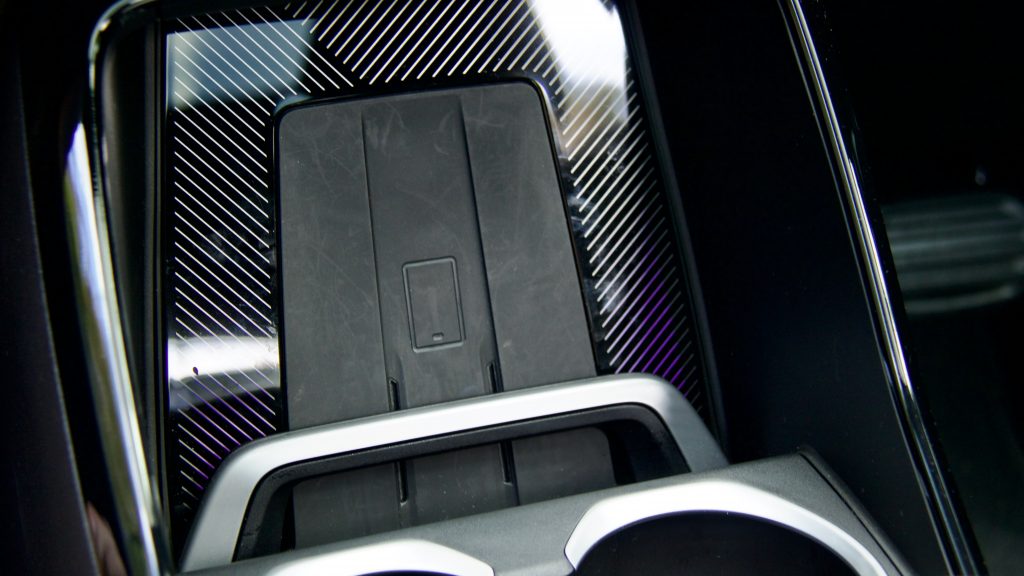
Despite being an entry-level model, the sDrive18i is quite well equipped and includes features such as 18-inch alloy wheels, automatic LED lighting with front and rear daytime running lights, automatic wipers, the ‘xLine’ exterior styling package with roof rails, synthetic leather upholstery on the seats and dashboard, a leather steering wheel, keyless entry and start, an electric tailgate, heated/auto-dimming/auto-folding mirrors with puddle lamps, dual-zone climate control with rear vents, a 10.7-inch touchscreen with live services and over-the-air updates, wireless Apple CarPlay and Android Auto, satellite navigation with augmented reality directions, digital radio, a 100W six-speaker sound system, a 10.25-inch digital driver’s display, different drive modes and ‘hey BMW’ voice control.
Safety equipment includes six airbags, auto emergency braking (AEB) with junction and reversing assistance, lane departure warning with lane keep assist, Matrix adaptive high beam, a heads-up display, adaptive cruise control with stop and go functionality, blind-spot monitoring with rear cross-traffic alert, driver fatigue monitoring, speed sign recognition, front and rear parking sensors, automatic parking with automatic reverse assistance, a 360-degree parking camera and even an inbuilt drive recorder.
Colour options for the X1 include the no cost ‘Alpine White’, as well as the $1,385-extra ‘Black Sapphire’, ‘ Phytonic Blue’, ‘Utah Orange’, ‘Mineral White’, ‘San Remo Green’ and our test car’s ‘Cape York Green’. The special ‘Storm Bay Metallic’ from BMW’s individual program is also available for $1,923.
There’s just one option package available for the X1 sDrive18i: the $4,615 Enhancement Package with lane trace assist, 10-way electric front seats with memory (though still missing lumbar adjustment), premium paint (the special grey still costs $700 extra, however), a panoramic sunroof, a 12-speaker Harman Kardon sound system, a sliding rear seat and a choice of interior trims. ‘Vernasca’ full leather upholstery in black, beige or brown is also available for an extra $2,154, while the 19-inch alloy wheels on our test car add another $1,538.
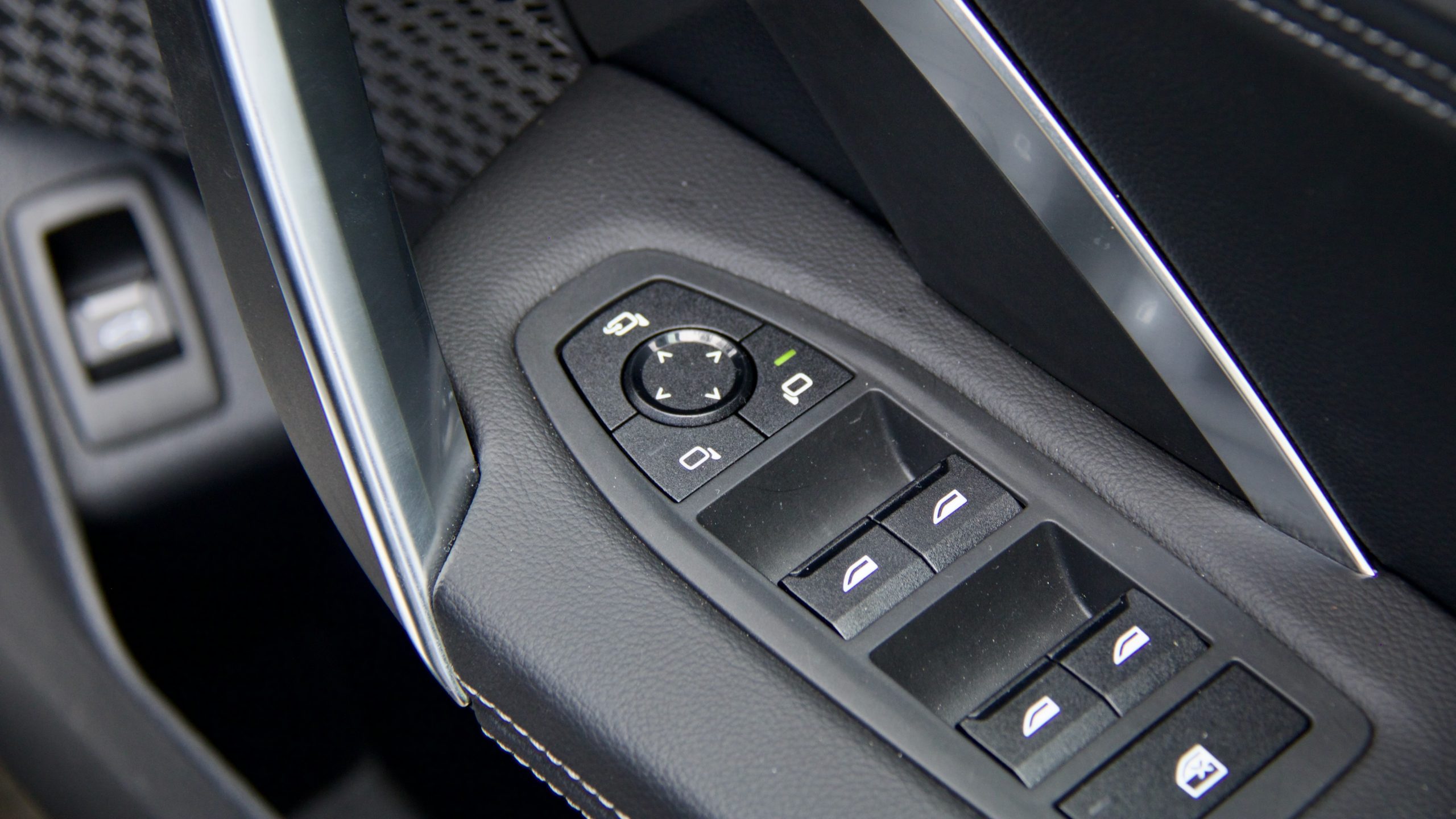
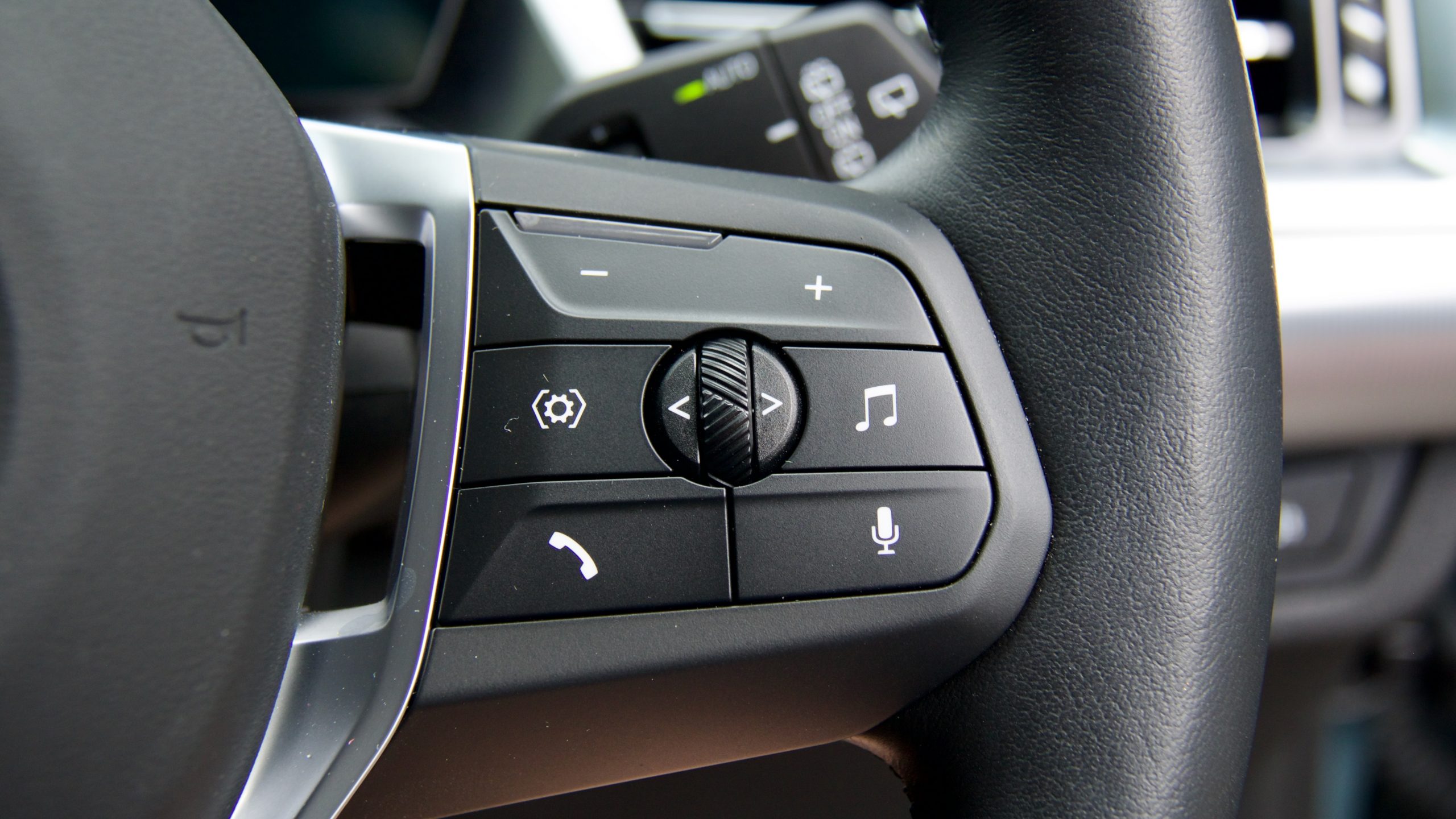
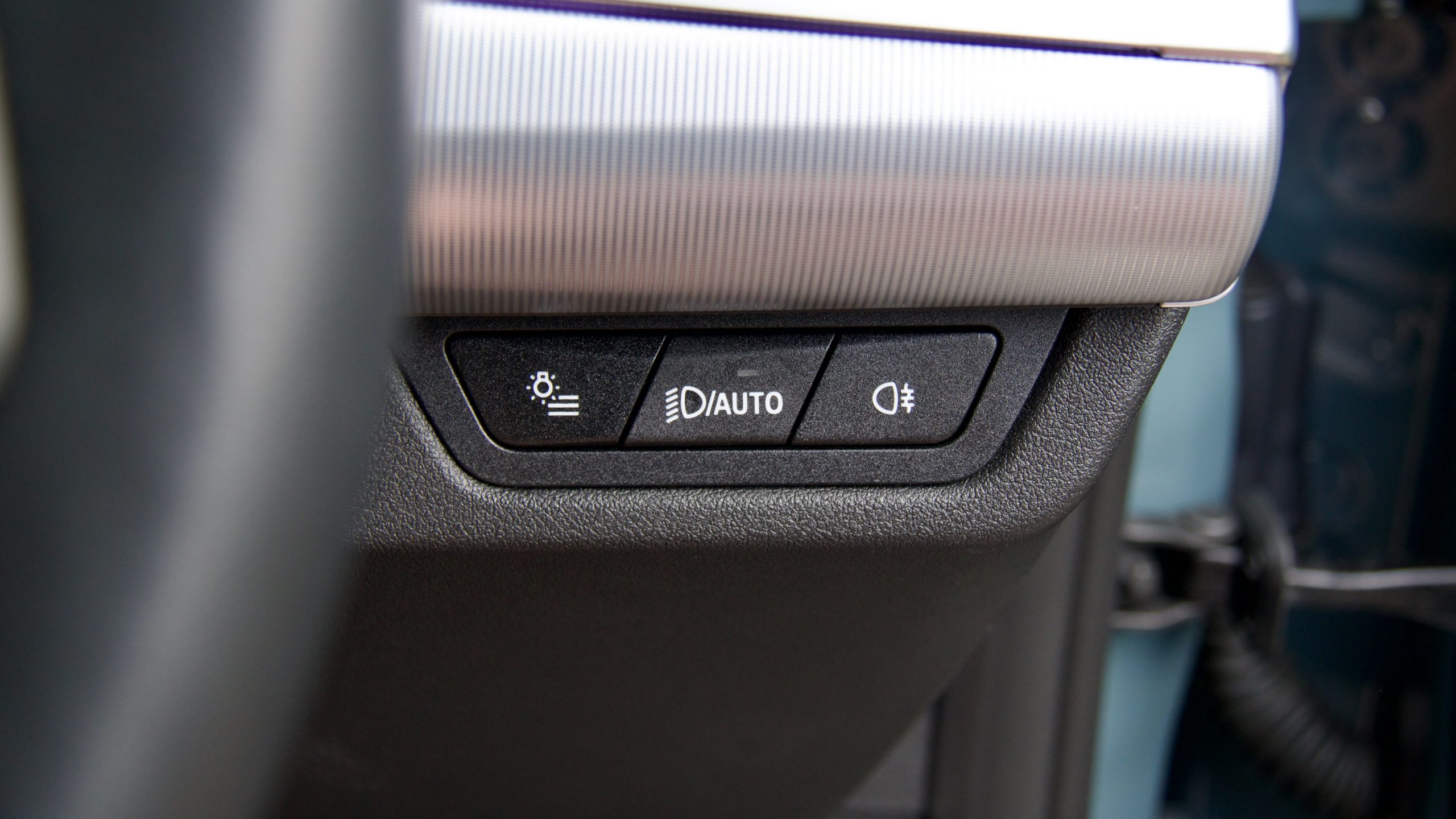
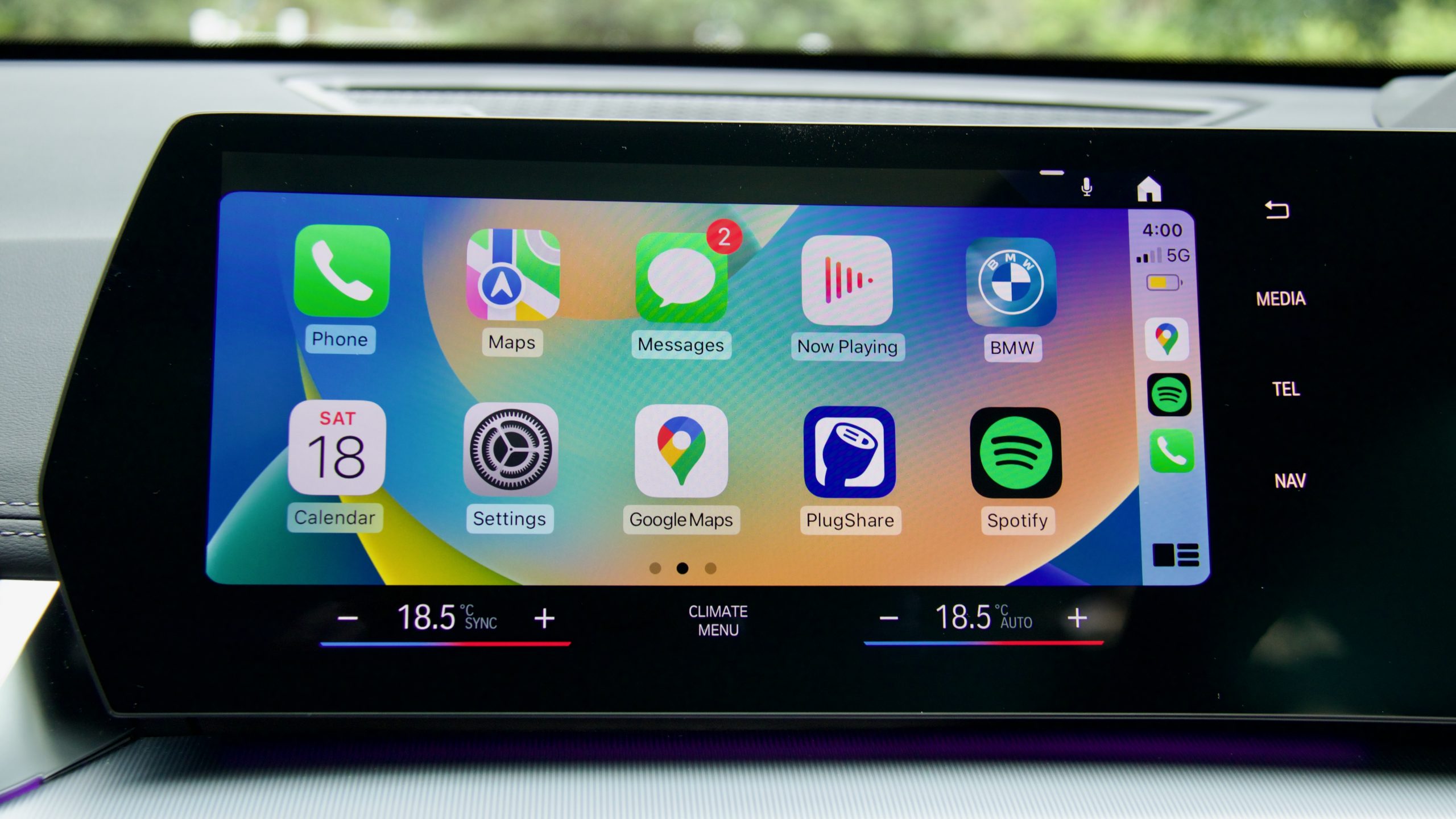
There are also the subscription-based options, like heated seats, which are added through the car’s infotainment system in its online store. Every X1 has features like heated seats and a heated steering wheel fitted from factory, but you have to pay extra to activate them in the sDrive18i. For example, heated seats costs $289 for one year, $419 for three years and $589 for unlimited time and a heated steering wheel costs up to $349 for a lifetime subscription. While you may argue the merit of activating features that are already inbuilt into the car, it makes them simpler to build (therefore reducing wait times) and makes said options cheaper to purchase.
There are three main rivals to the X1 sDrive18i: the $62,300 plus on-road costs Mercedes-Benz GLA200, the $50,600 +ORC Audi Q3 35 TFSI and the $53,490 +ORC Volvo XC40 Plus B4 and in that company, the X1 looks like pretty good value for money. Buyers of the GLA200 have to spend $1,900 more and that’s before having to option kit like the $1,990 Driver Assistance Package to get equipment such as adaptive cruise control (which is already standard on the X1).
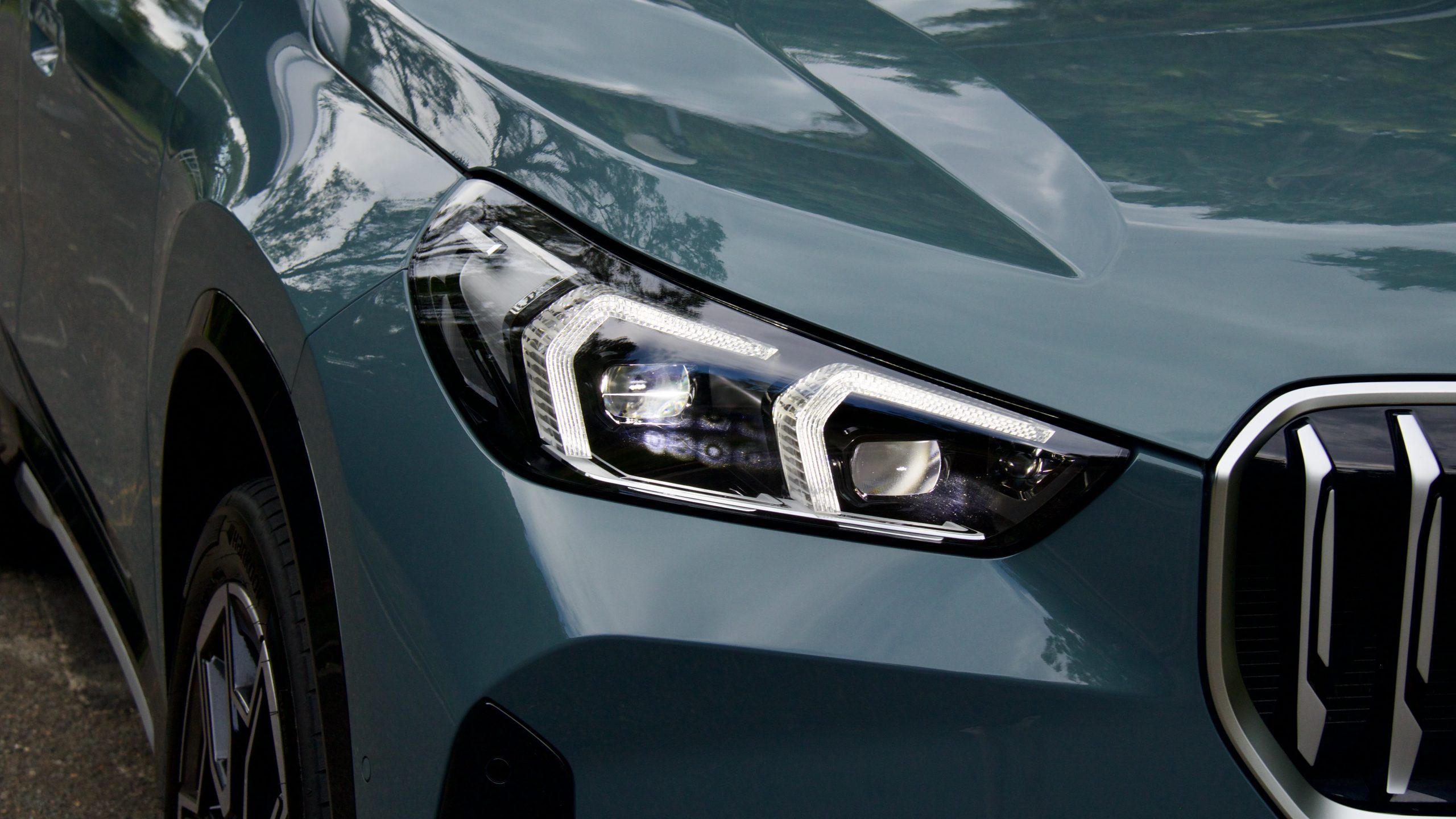
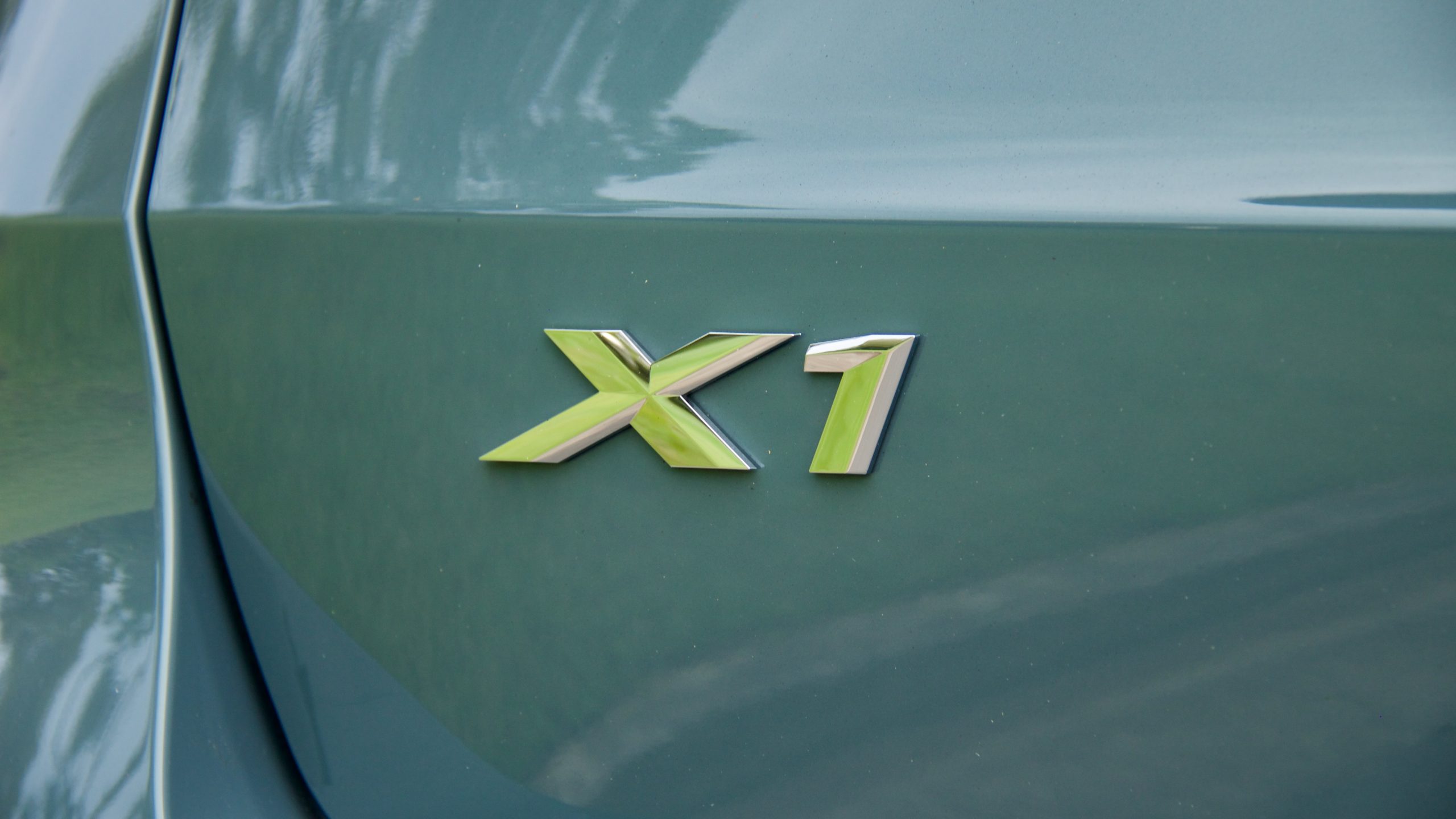
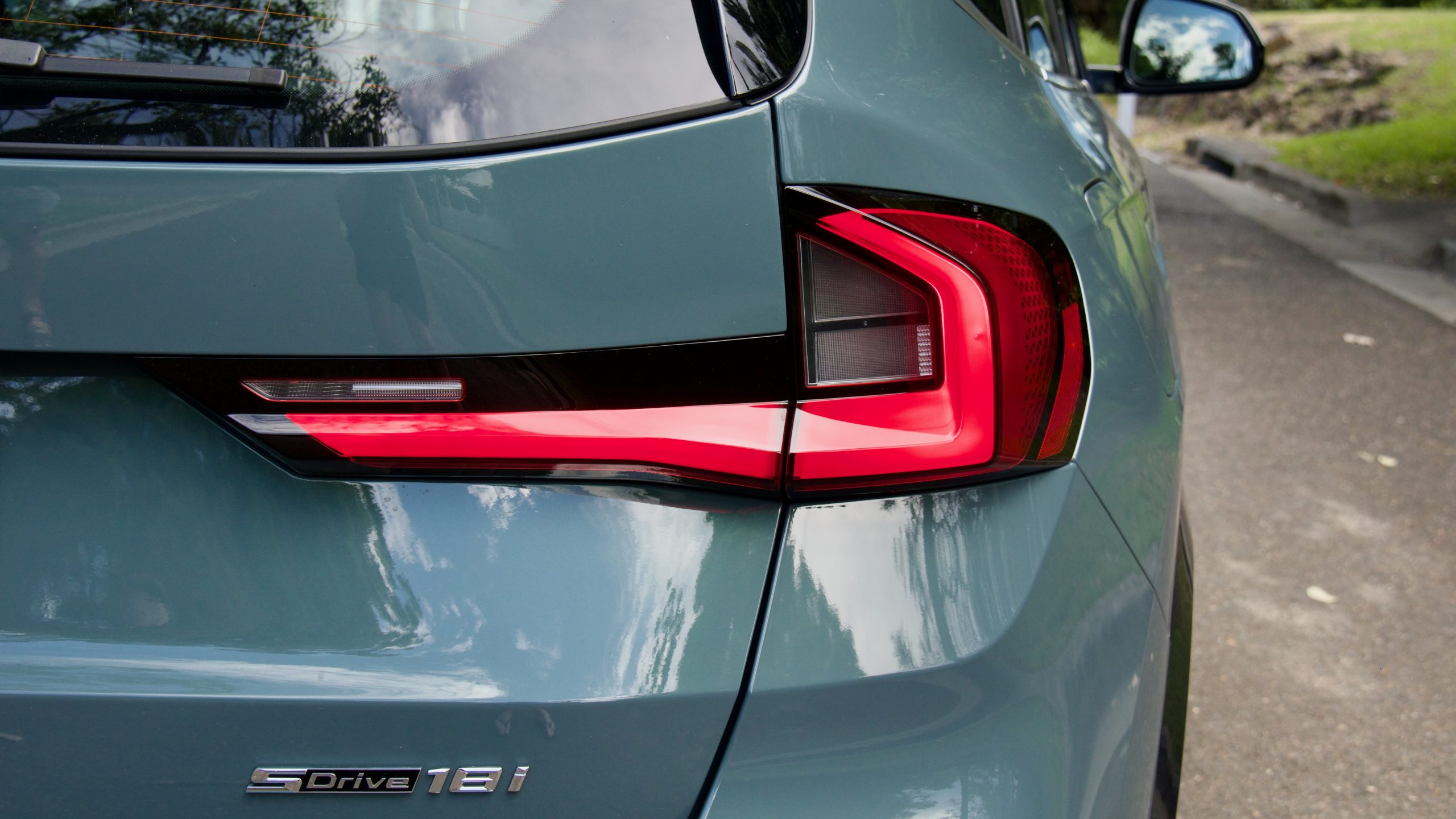
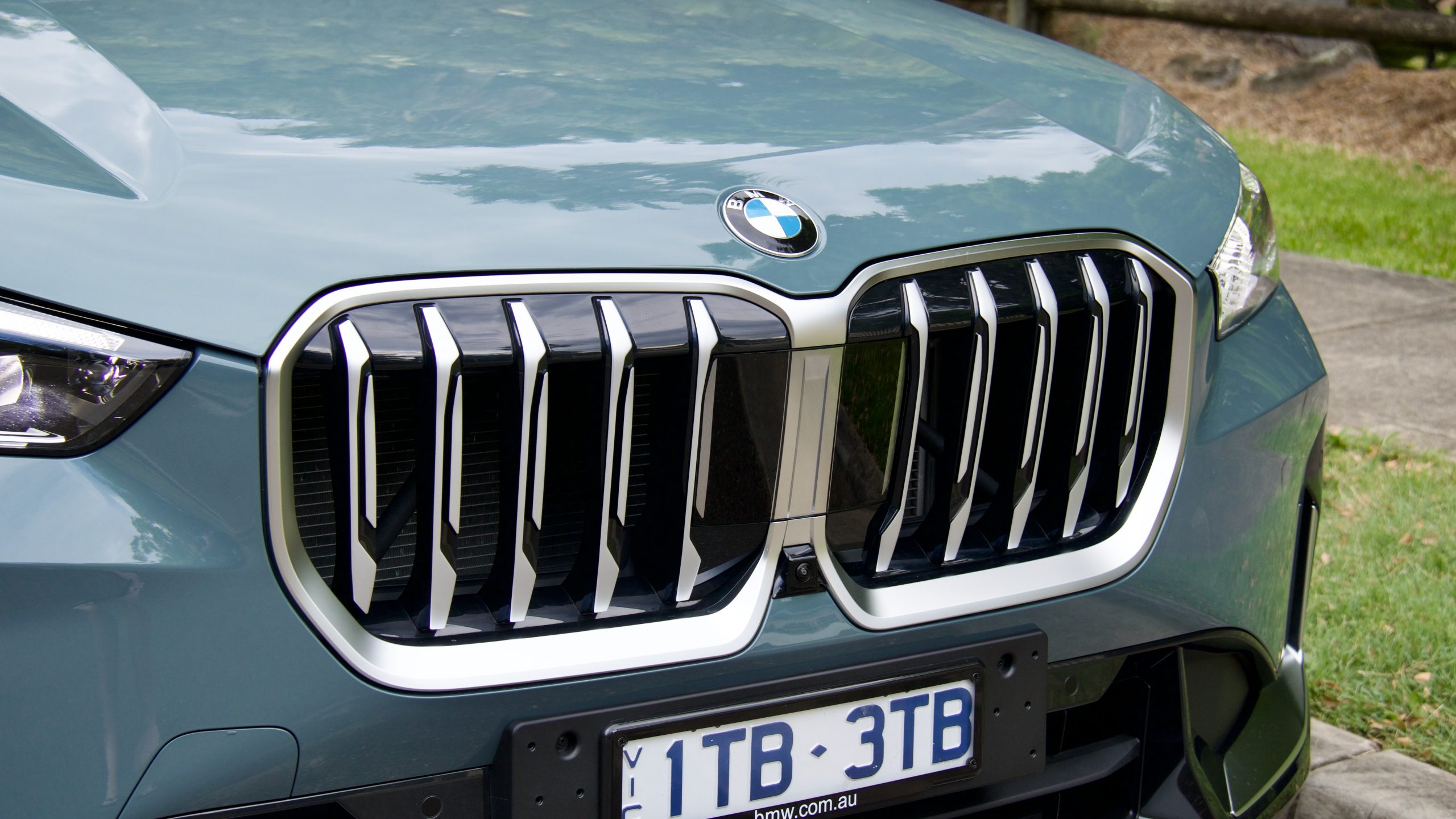
But it’s not the same story with the Audi Q3, which is $9,800 less expensive and even though you need $3,500 of options to match the BMW’s equipment, the Q3 is significantly better value for money. The XC40 is also much better for for value than the X1, especially considering that you have to choose the Enhancement Pack on the X1 to get electric front seats, which are standard on the XC40. The X1 was better value in this generation, but BMW Australia recently upped prices significantly from $53,900 +ORC for the 2023 model year.
Performance & Economy: 8/10
Under the bonnet of the 2023 BMW X1 sDrive18i is a turbocharged 1.5-litre three-cylinder petrol engine that makes 115kW of power (at 6,500rpm) and 230Nm of torque (between 1,500rpm and 4,600rpm). It’s mated to a seven-speed dual-clutch automatic transmission and the sDrive18i variant of the X1 range is front-wheel drive – the upper-spec 2.0-litre xDrive20i is all-wheel drive, if that’s what you’re after.
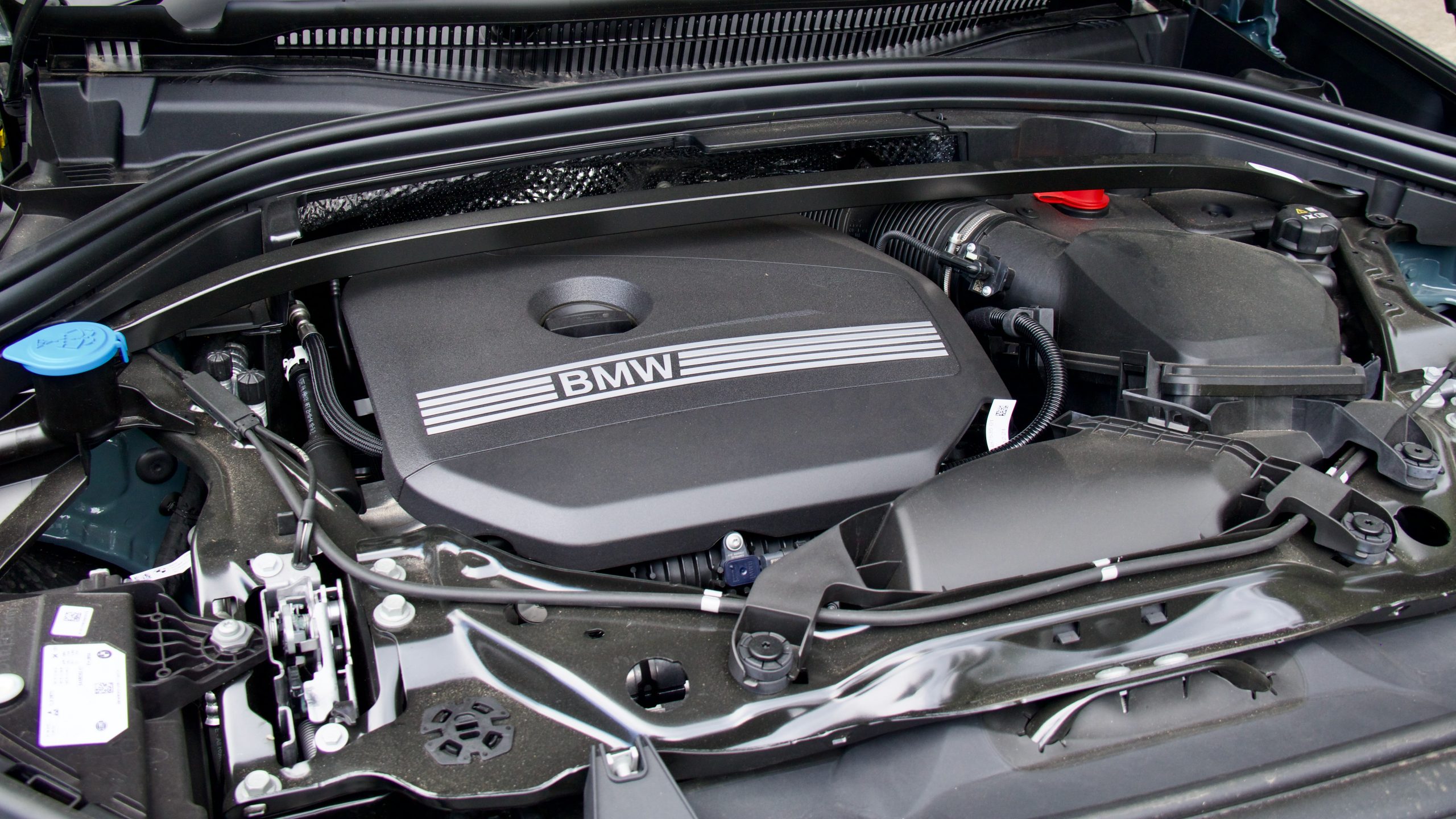
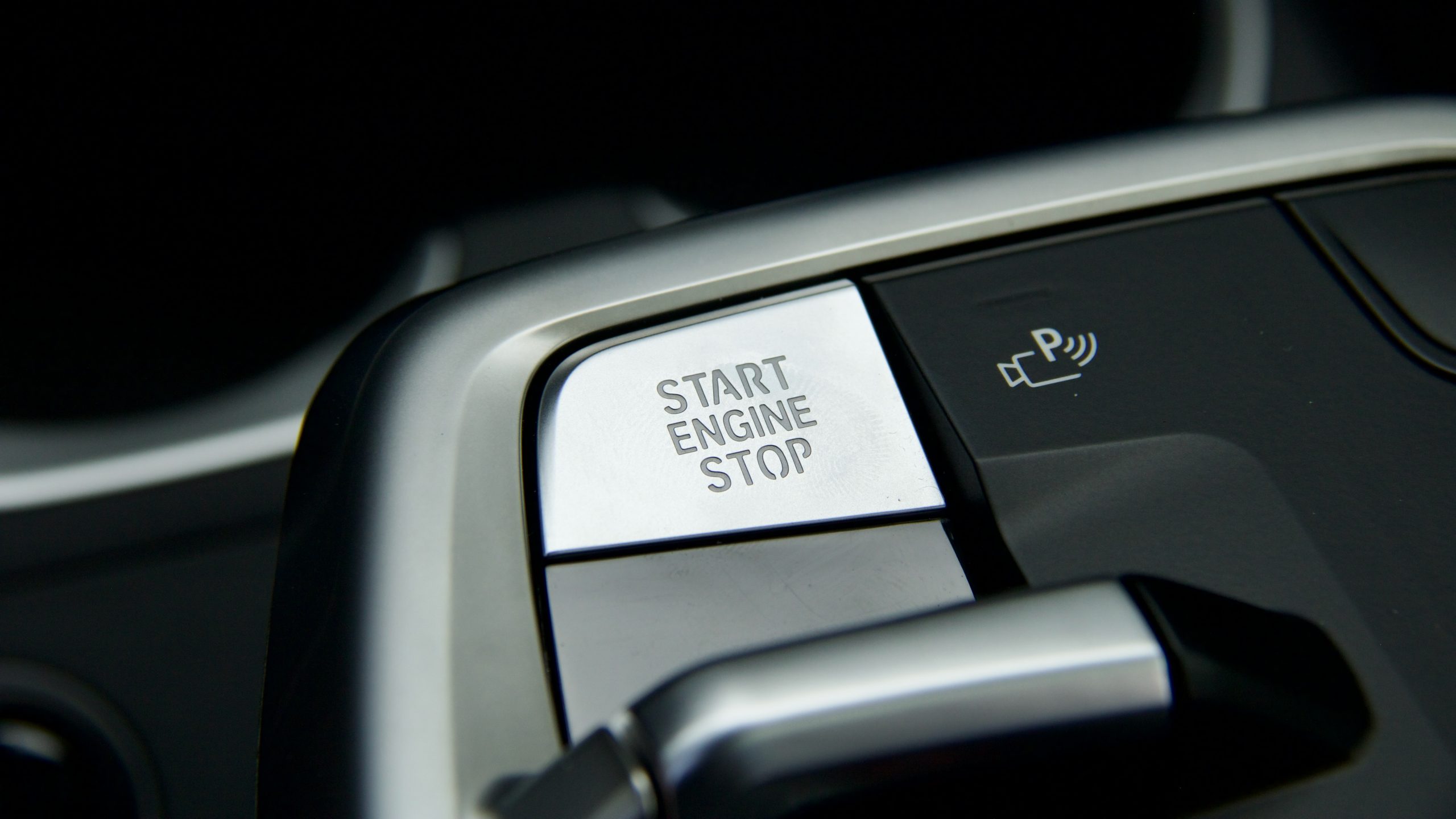
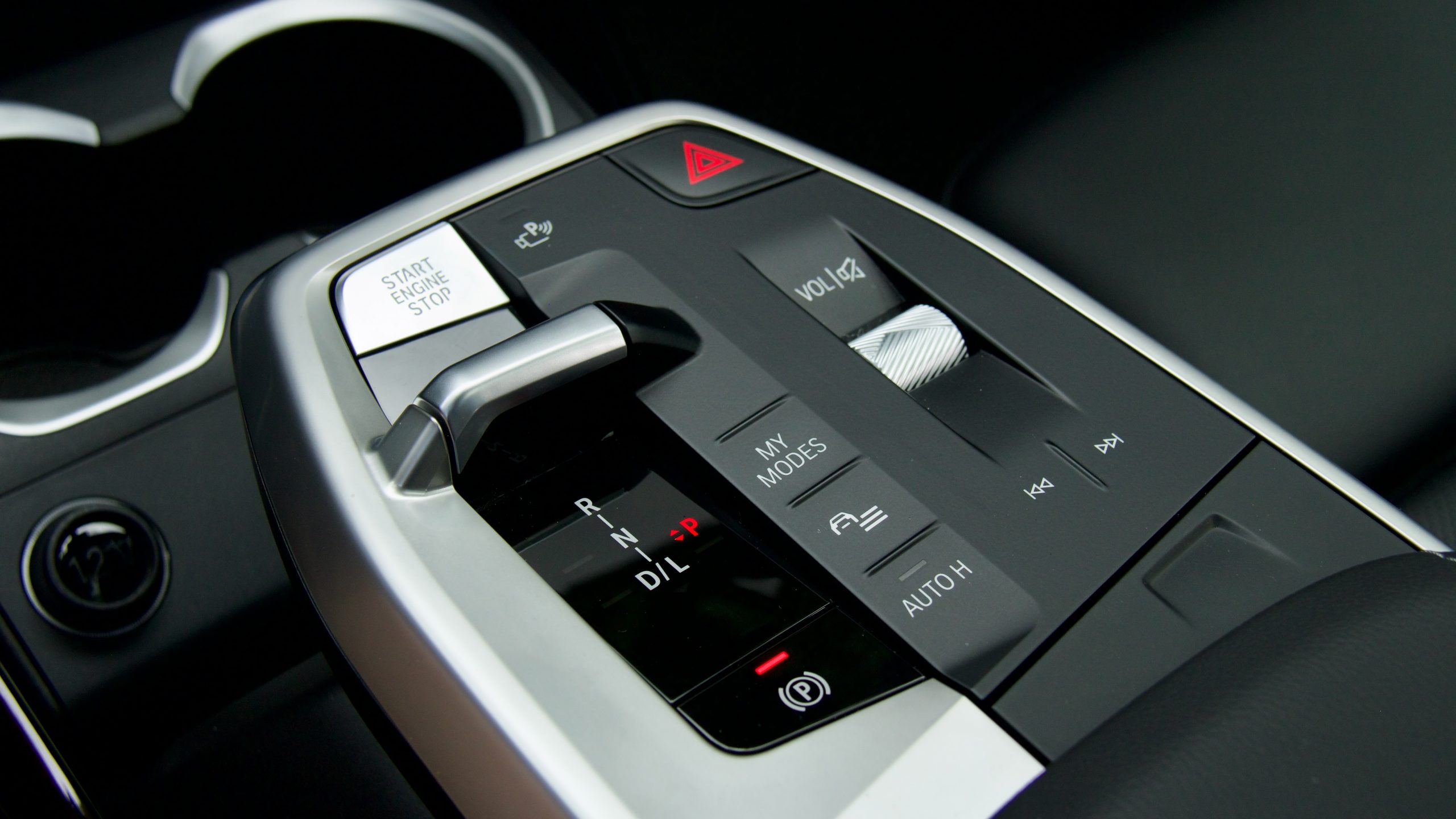
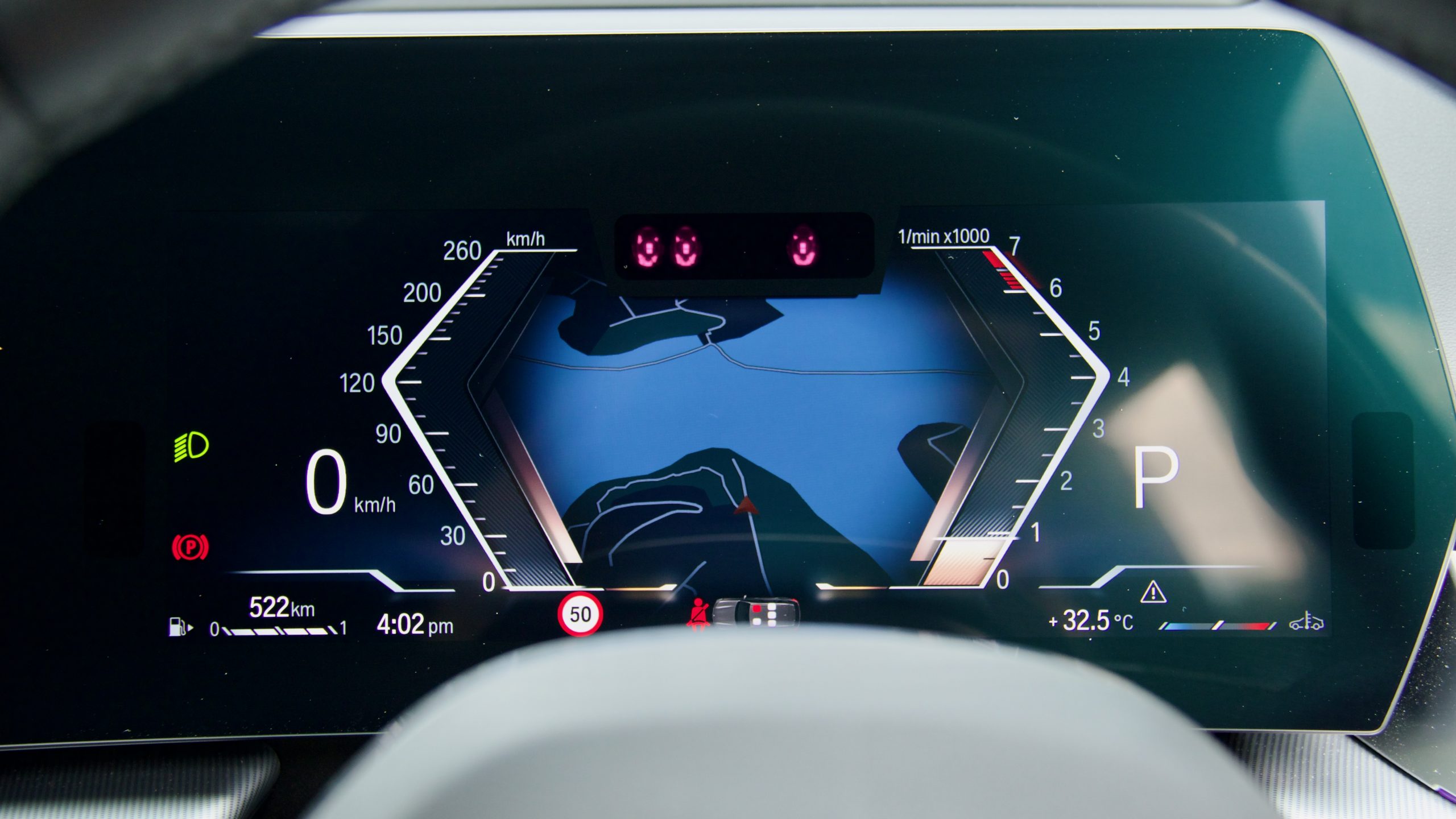
While it’s no firecracker, the X1 sDrive18i’s three-pot engine is a sweetie, with ample grunt in the lower rev range, great refinement and a generally unobtrusive nature. Aside from the characterful three-cylinder rumble, you generally can’t tell that you’re driving a three-cylinder engine as the performance feels like a four-cylinder unit instead. The claimed 0-100km/h sprint time is 9.0 seconds, which is not going to set the world alight but for an entry-level small SUV, is more than ample.
The only transmission available on the 2023 BMW X1 range is a seven-speed dual-clutch automatic. It’s a totally fine transmission – it shifts smartly and quickly, and only displays a little bit of the bogging down feeling that many dual-clutch transmissions display. Annoyingly though, there’s no paddle shifters and no manual mode, so it’s either drive or low – it’s been a long time since we’ve driven a car with low mode.
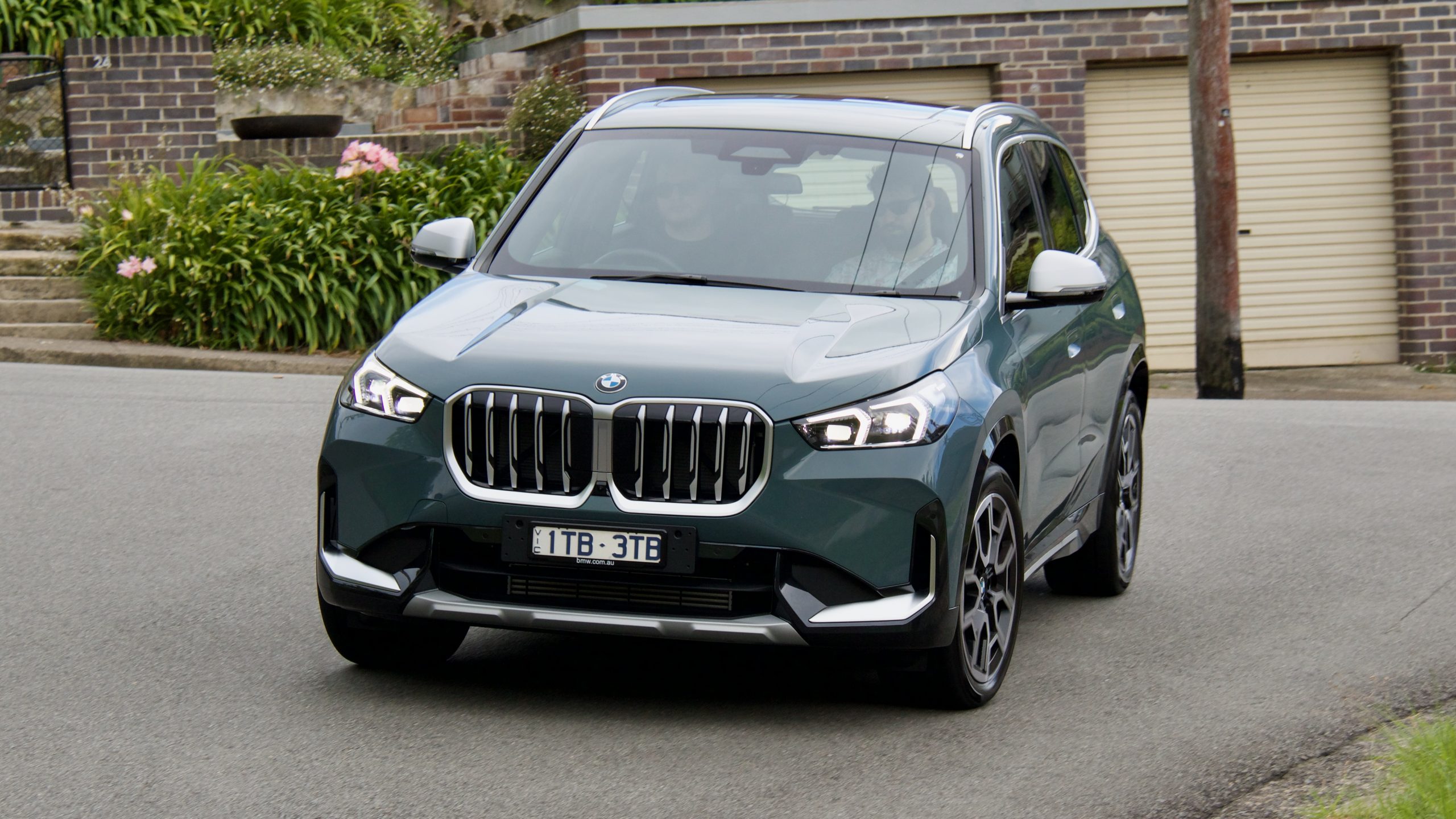
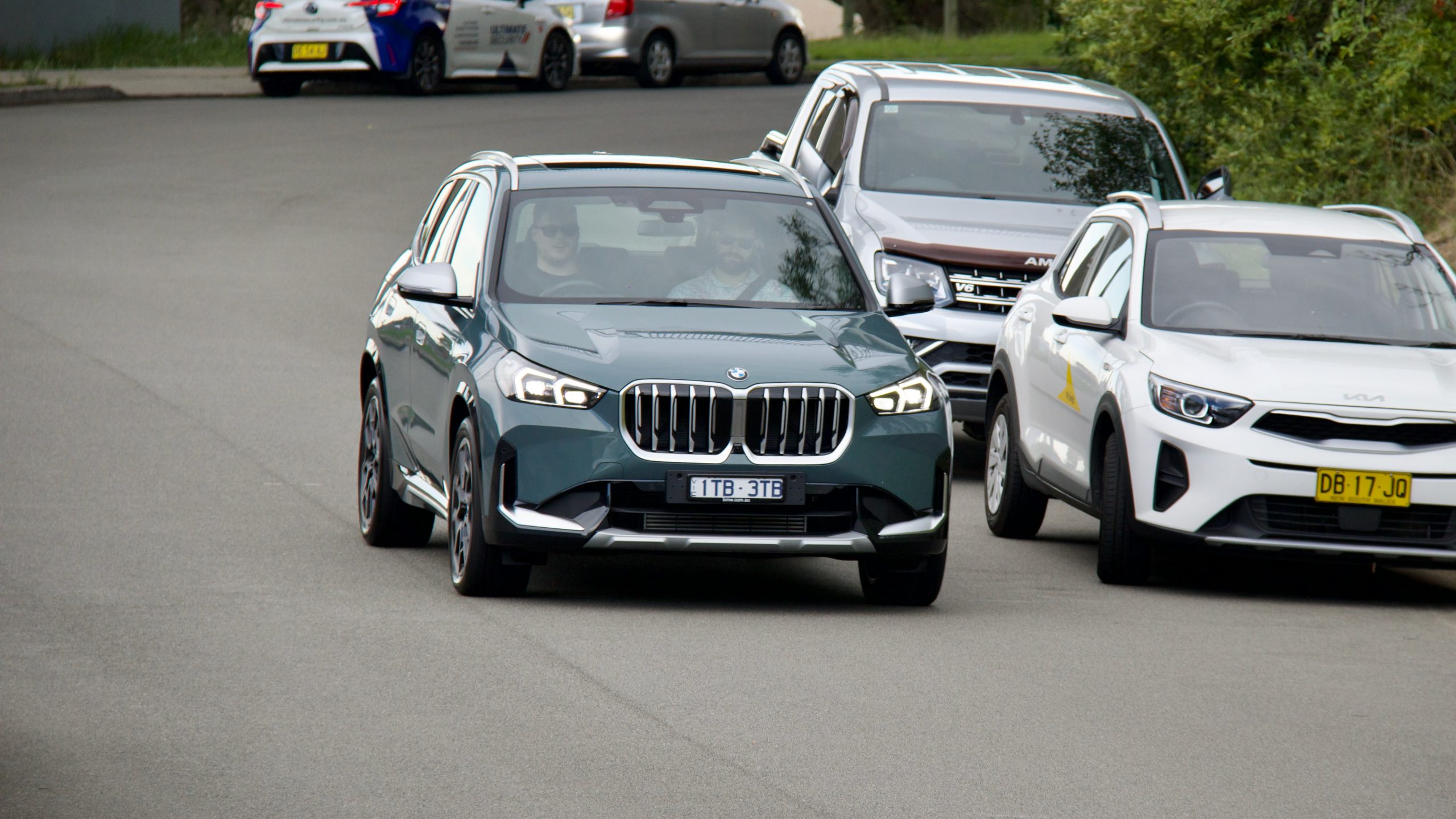
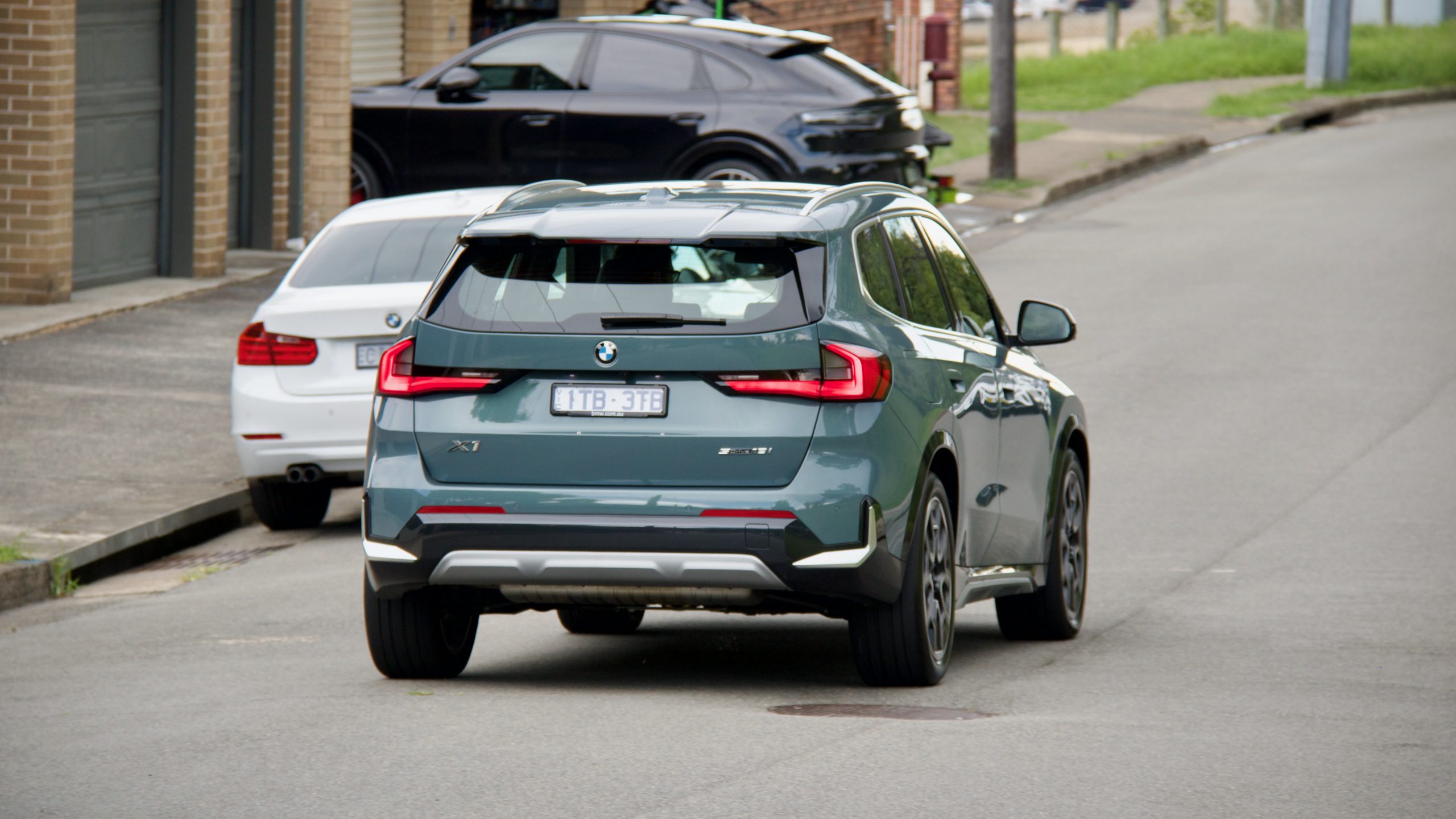
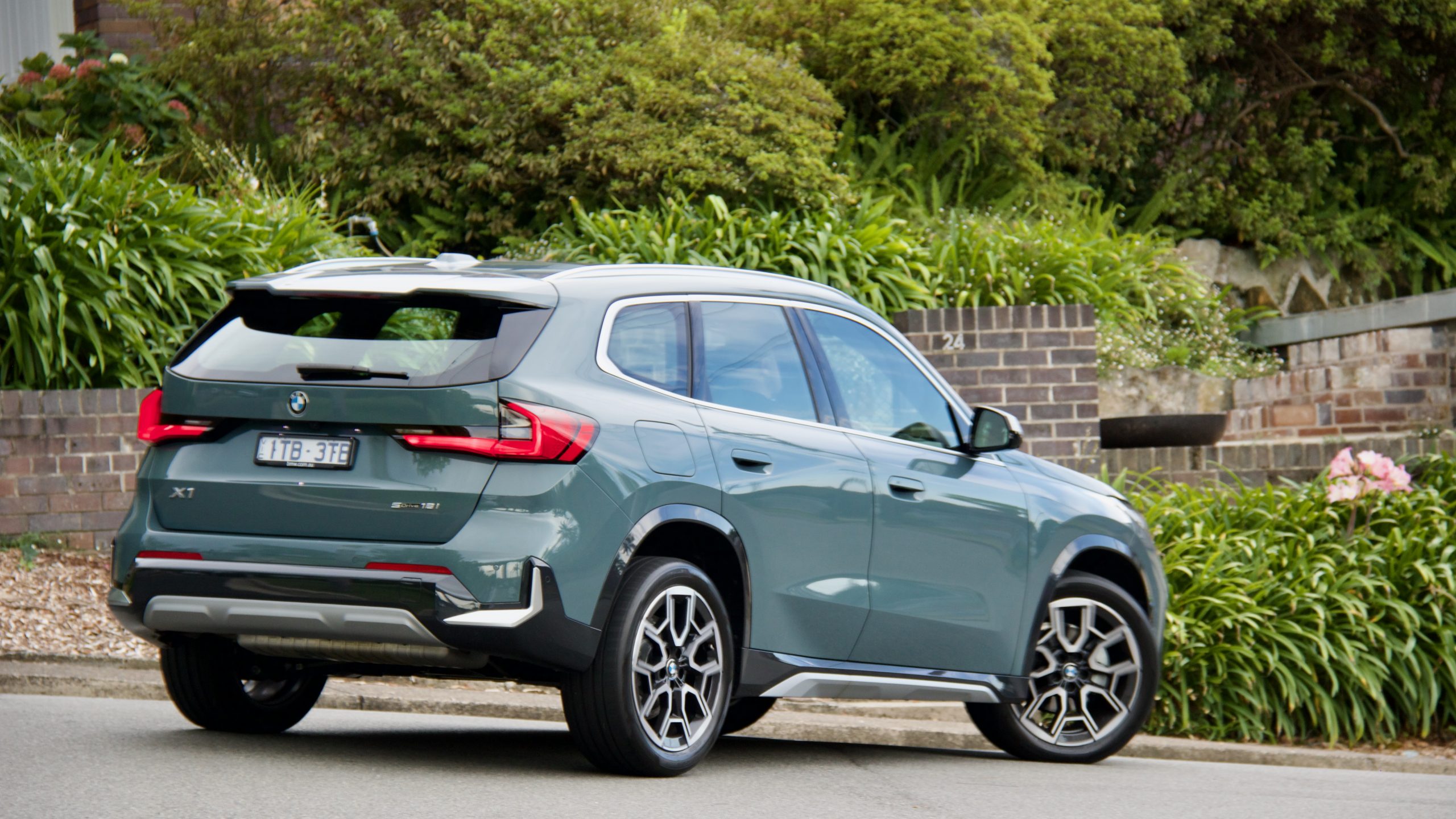
The X1 sDrive18i is rated at 6.5L/100km on a combined cycle – 0.3L/100km more than the GLA200 but 0.4L/100km less than both the XC40 and Q3 35 TFSI and we achieved 9.3L/100km in mostly urban driving, which would have been reduced with more highway driving. The X1 requires minimum 95RON premium unleaded and uses a 45-litre fuel tank.
Ride & Handling: 8.5/10
BMW’s tagline is ‘the ultimate driving machine’, which translates to a small SUV capable of taking on Pikes Peak, right? Well, not exactly. But overall, the new generation X1 drives quite well for its segment thanks to well tuned suspension, a good mix of fun and comfort and excellent refinement. Even on the optional 19-inch wheels of our test car, the X1’s ride is quite good, though it can be a touch firm. Body control is great, with vertical suspension movements well suppressed, and the handling is certainly sportier to its more comfort-focused rivals like the XC40.
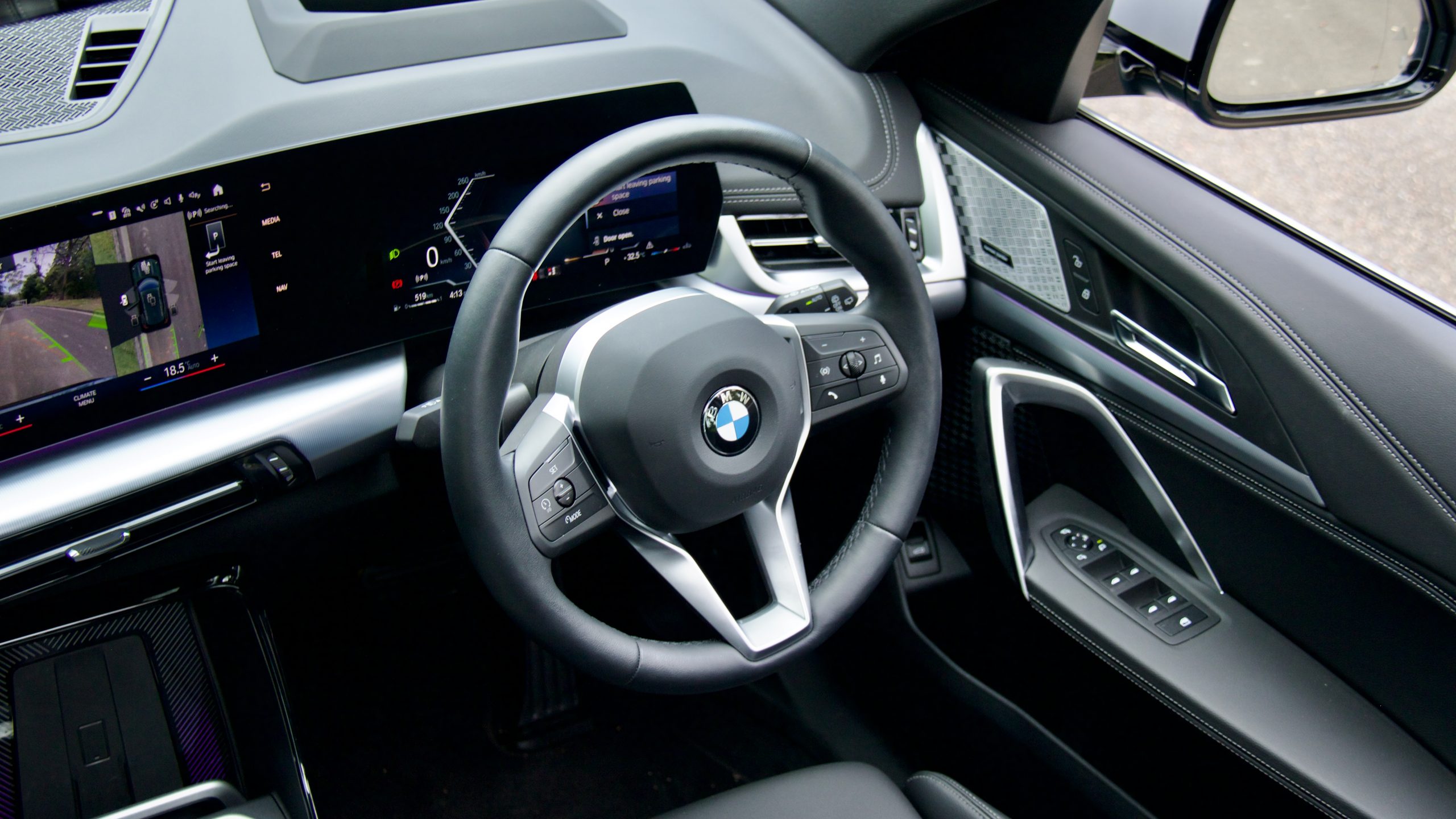
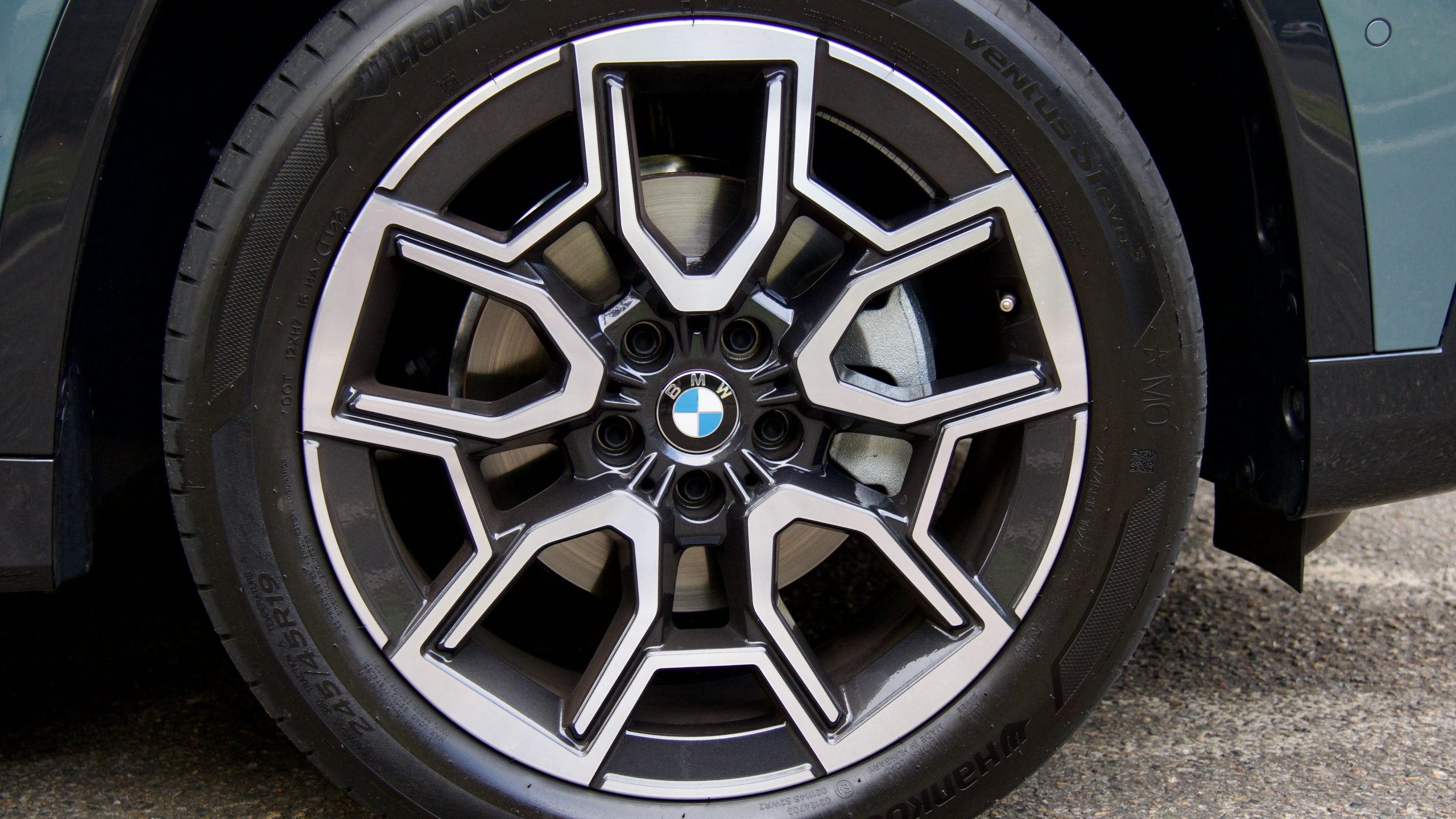
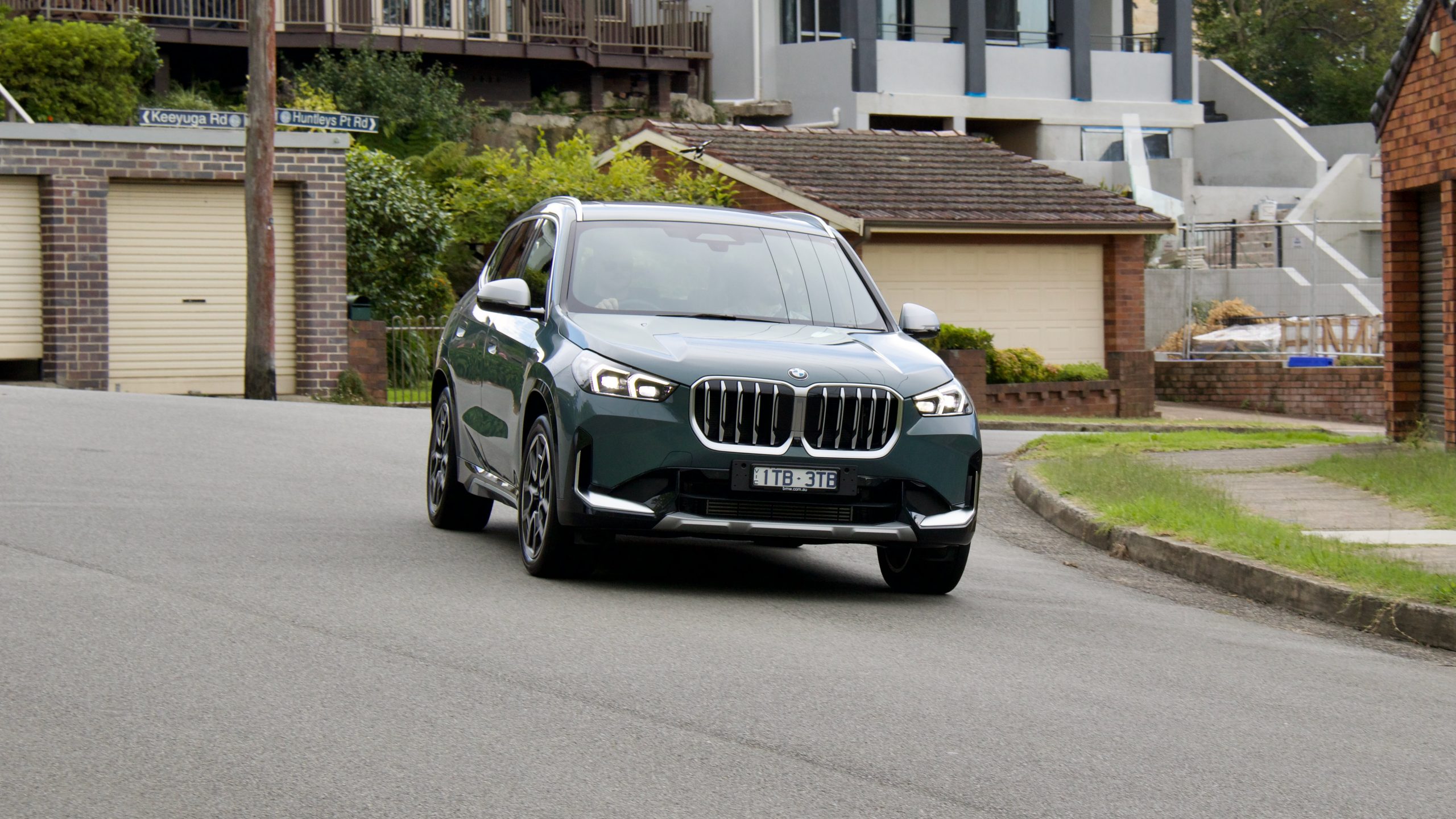
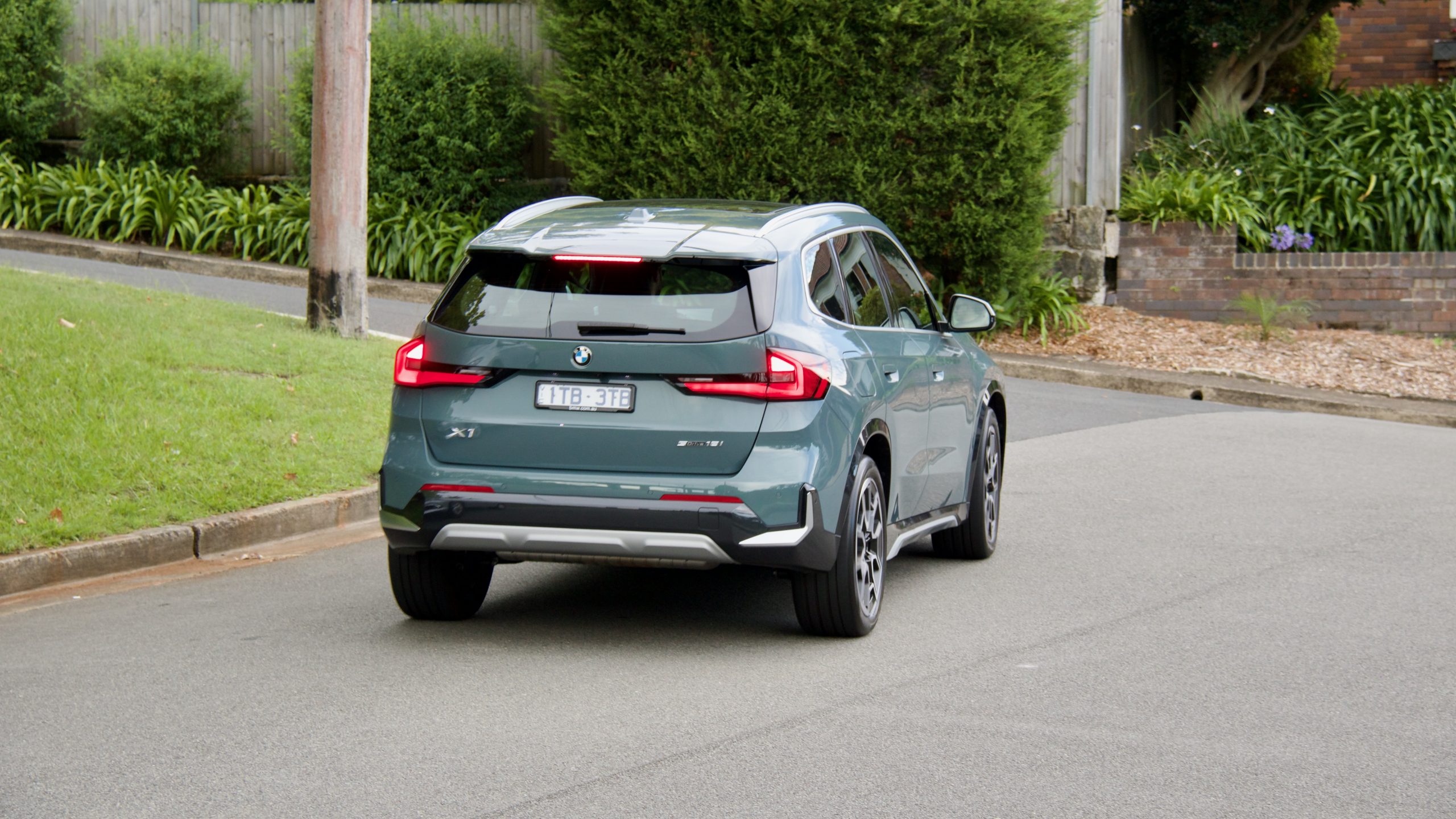
The steering is nicely quick and offers reasonable feel, while it handles quite well for the segment. Its road noise suppression – even on the aforementioned larger 19-inch wheels of our test car – is quite good as well, with just a hint of road roar at highway speeds. BMW’s latest generation of active safety systems are quite well tuned too, with nicely subtle operation from the lane trace assist, for example. The X1’s visibility is reasonable too, thanks to its large windows.
Interior & Practicality: 9/10
While it may not appear it from the outset, the new X1’s cabin is – mostly – a big step forward for the X1 badge. The quality – with synthetic leather on the seats, real leather on the steering wheel and a stitched dashboard – has been improved and feels great, while the switchgear has also been redesigned. The takeaway from that is that while the 230i we tested recently – also a recent BMW product – felt a lot like deja vu inside, the new X1 is a breath of fresh air for the brand and is all the better for it.
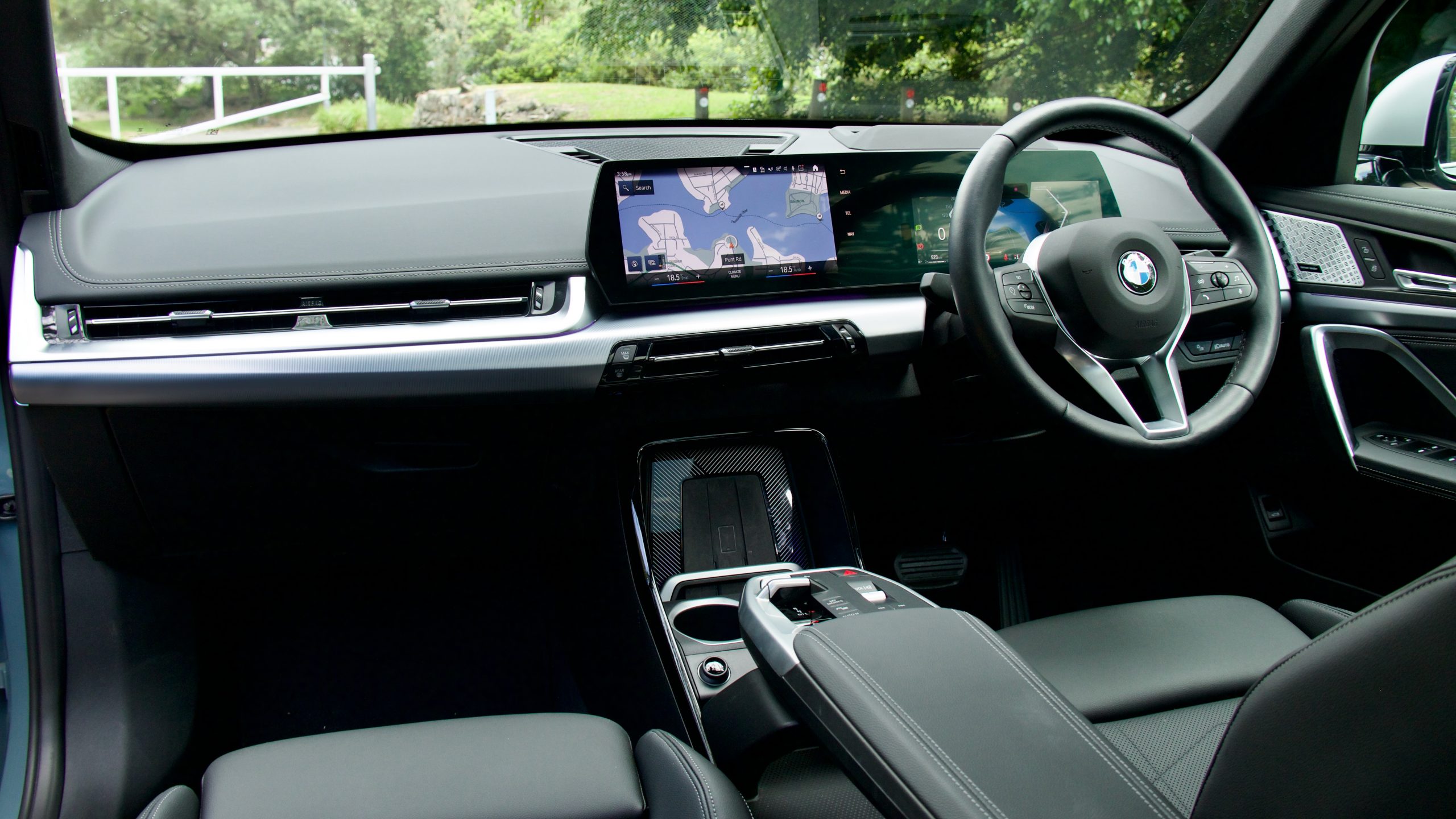
Take, for example, the new centre console. There’s annoyingly no big box underneath the centre armrest, rather a shallow tray and a big uncovered area below, but the design of the console itself is quite cool with a bridge-like arch allowing for easy access to the area below.
On the bridge console are an array of buttons like the volume controller, drive mode selectors and even the selector for the transmission – we also love that there’s no button for park, instead activating the handbrake automatically puts the transmission into park and there’s also no headlight dial either, just a button to select either auto mode or low beam (the lights can’t be fully switched off – excellent stuff, BMW!) or the rear fog light. Simple and brilliant.
Elsewhere in the X1’s cabin is quite practical with big cup holders, a prominent vertical wireless charger with a phone holder, big door bins, a big glovebox and the aforementioned huge tray underneath the centre console bridge.
In the centre of the X1’s cabin is a 10.7-inch touchscreen with BMW’s new Operating System 8 that features live services, wireless Apple CarPlay and Android Auto, satellite navigation with live traffic (included for three years) and digital radio. Unlike the older iDrive 7 system, it’s solely controlled via touch – the controller wheel that iDrive made famous no longer features, unfortunately. The 230i coupe we had the week before the X1 – which still has iDrive 7 – was easier to use because of the controller wheel, and also because iDrive 7 is more logically laid out.
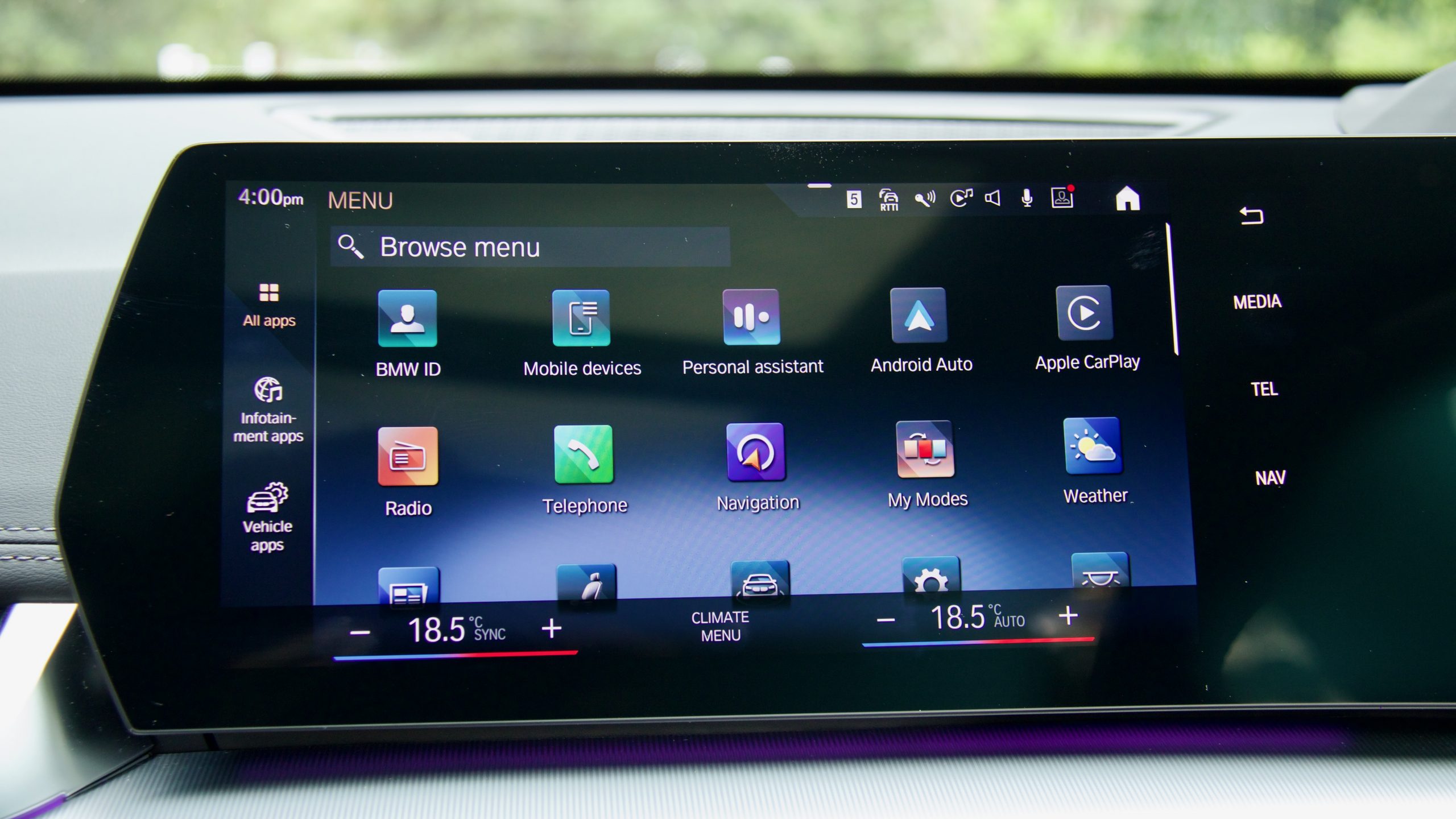
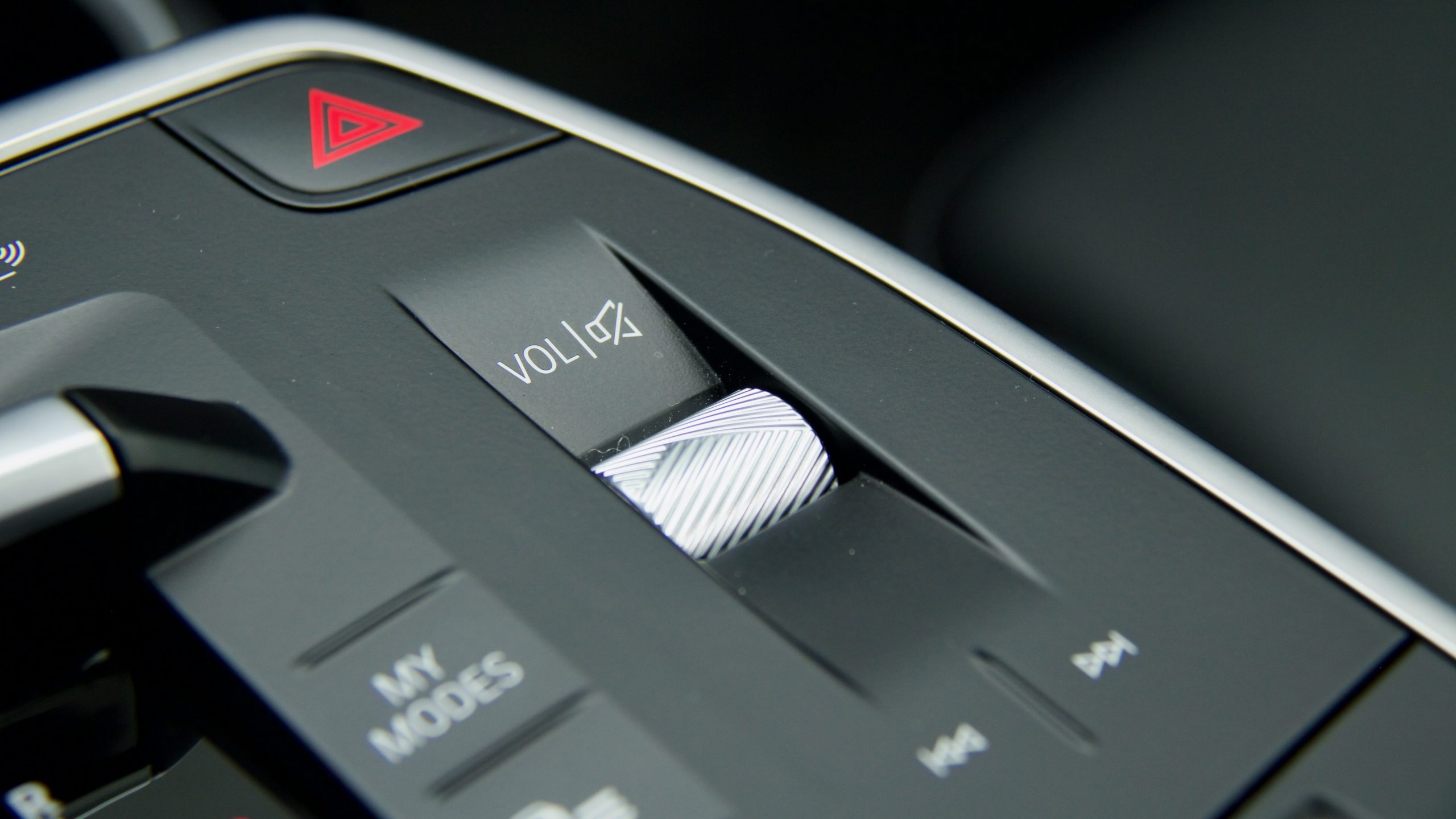
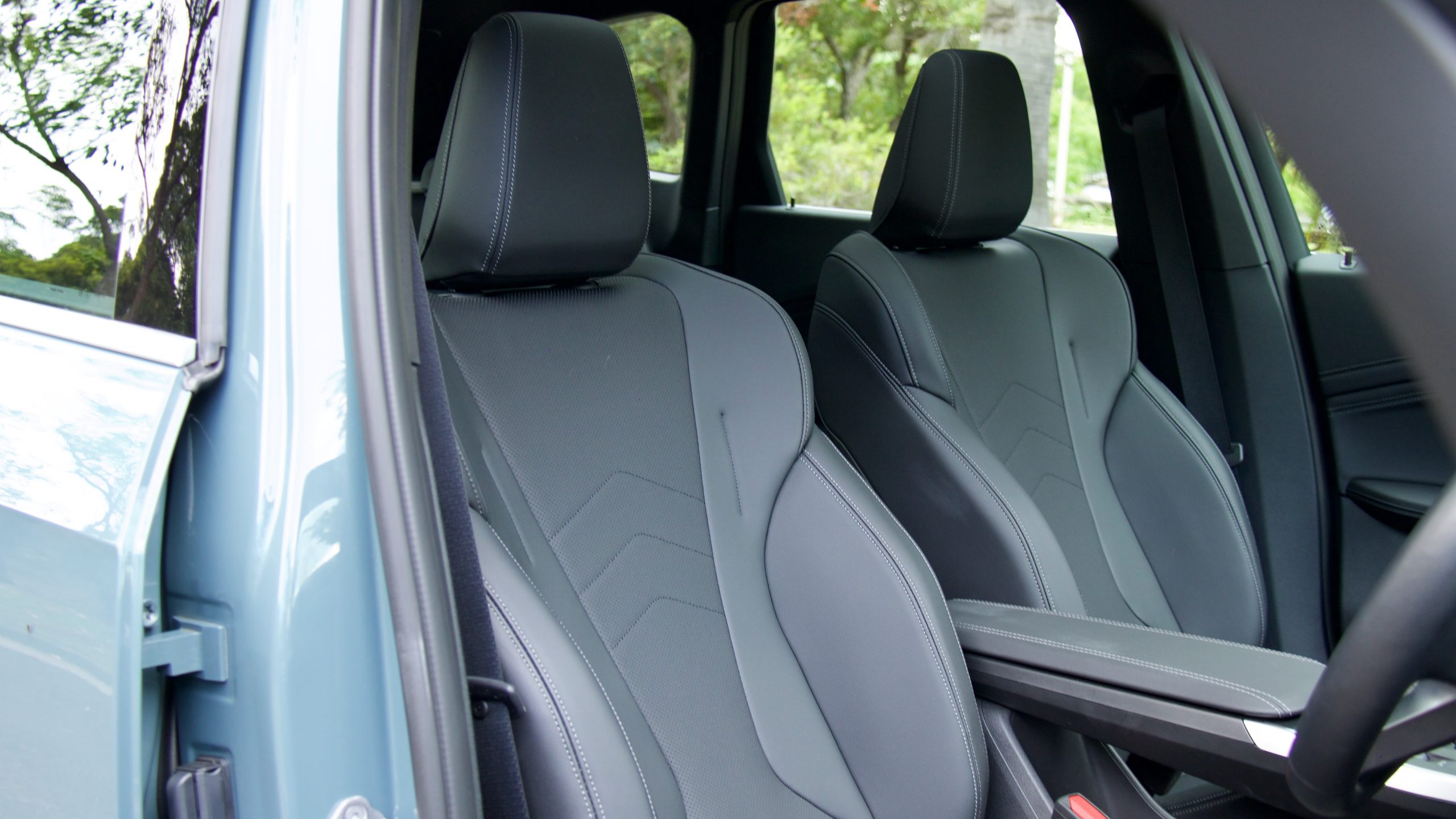
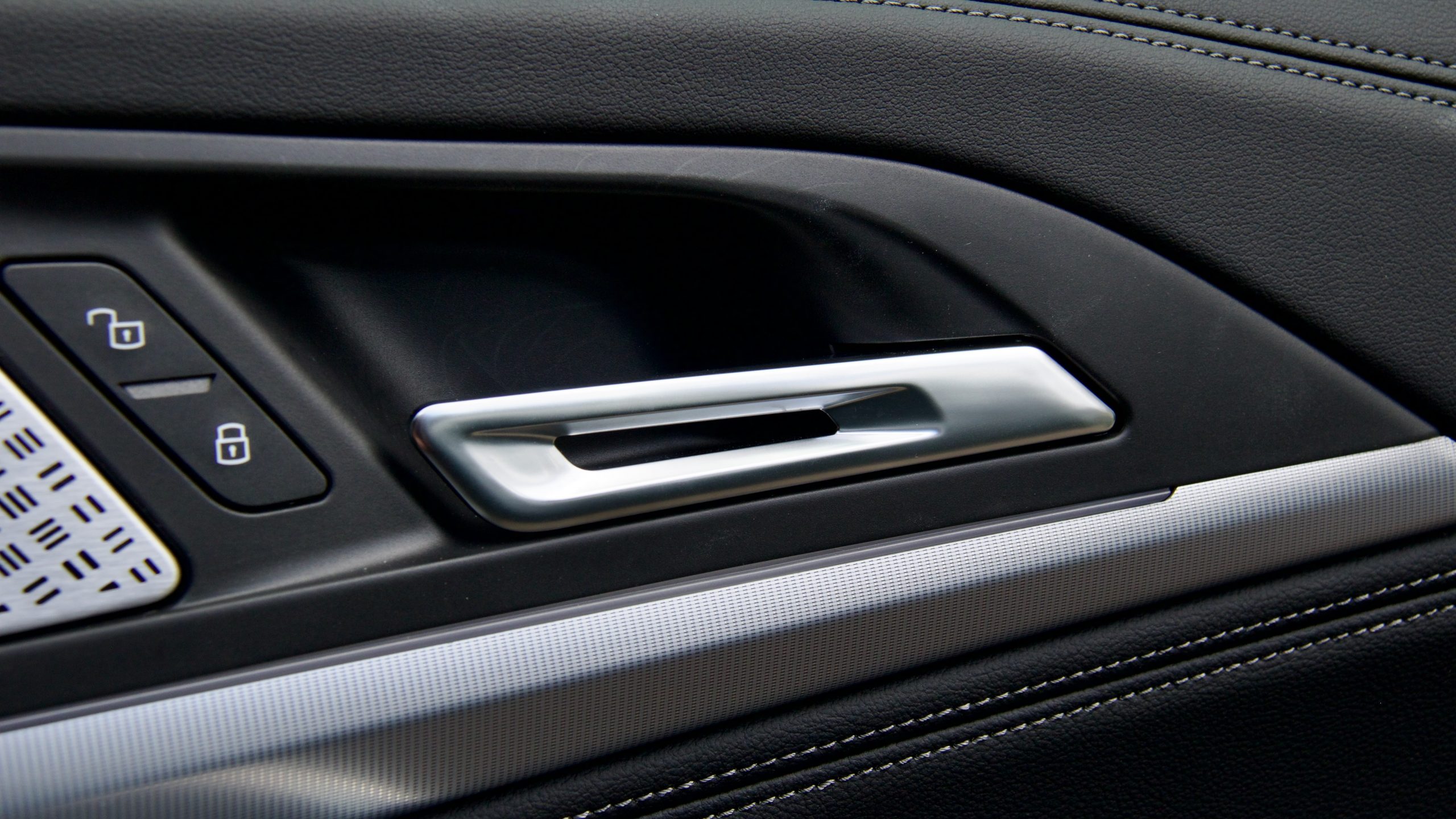
Operating System 8 does take some time to get used to, and like most other modern touchscreens in cars, basic functions like turning on the recirculate function for the air-conditioning takes too many button presses. In this regard, the Audi Q3’s separate climate buttons make more sense. We also couldn’t get the wireless Android Auto to connect either, which was annoying – but wireless Apple CarPlay worked quite well in contrast.
The back seat of the X1 is quite spacious for the segment – especially compared to the Mercedes-Benz GLA – and two six-footers will fit fine, and three across is possible too. The headroom – even with the panoramic sunroof of our test car – is excellent. The back seat is also well featured with map pockets, air vents, a centre armrest with cup holders, two USB-C ports, reasonable door pockets and a storage area below the air vents – though the soft plastics on the front door tops don’t continue into the rear. The seats recline for extra comfort, and if you choose the Enhancement Package, they slide fore and aft as well to increase either legroom or boot space.
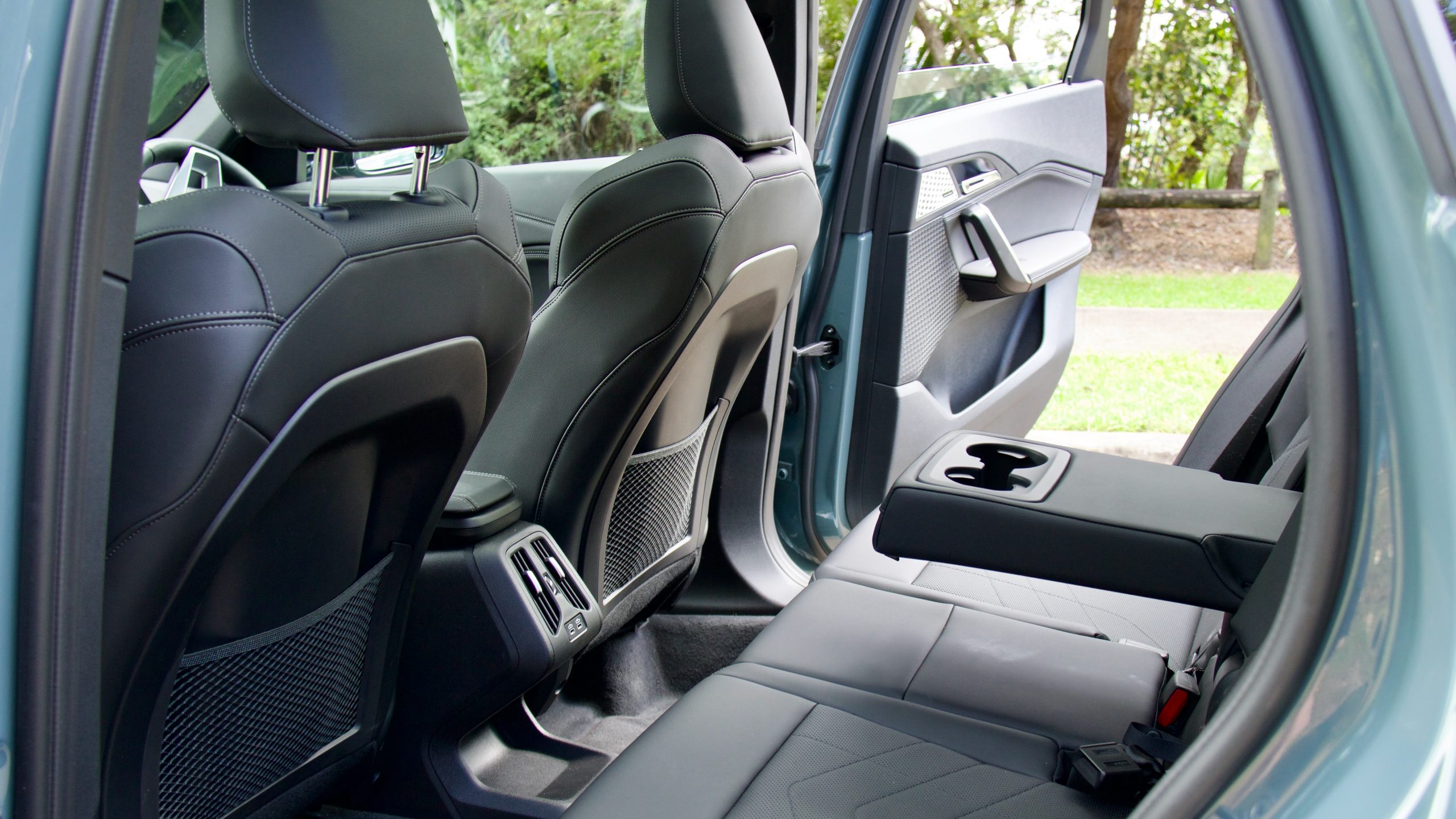
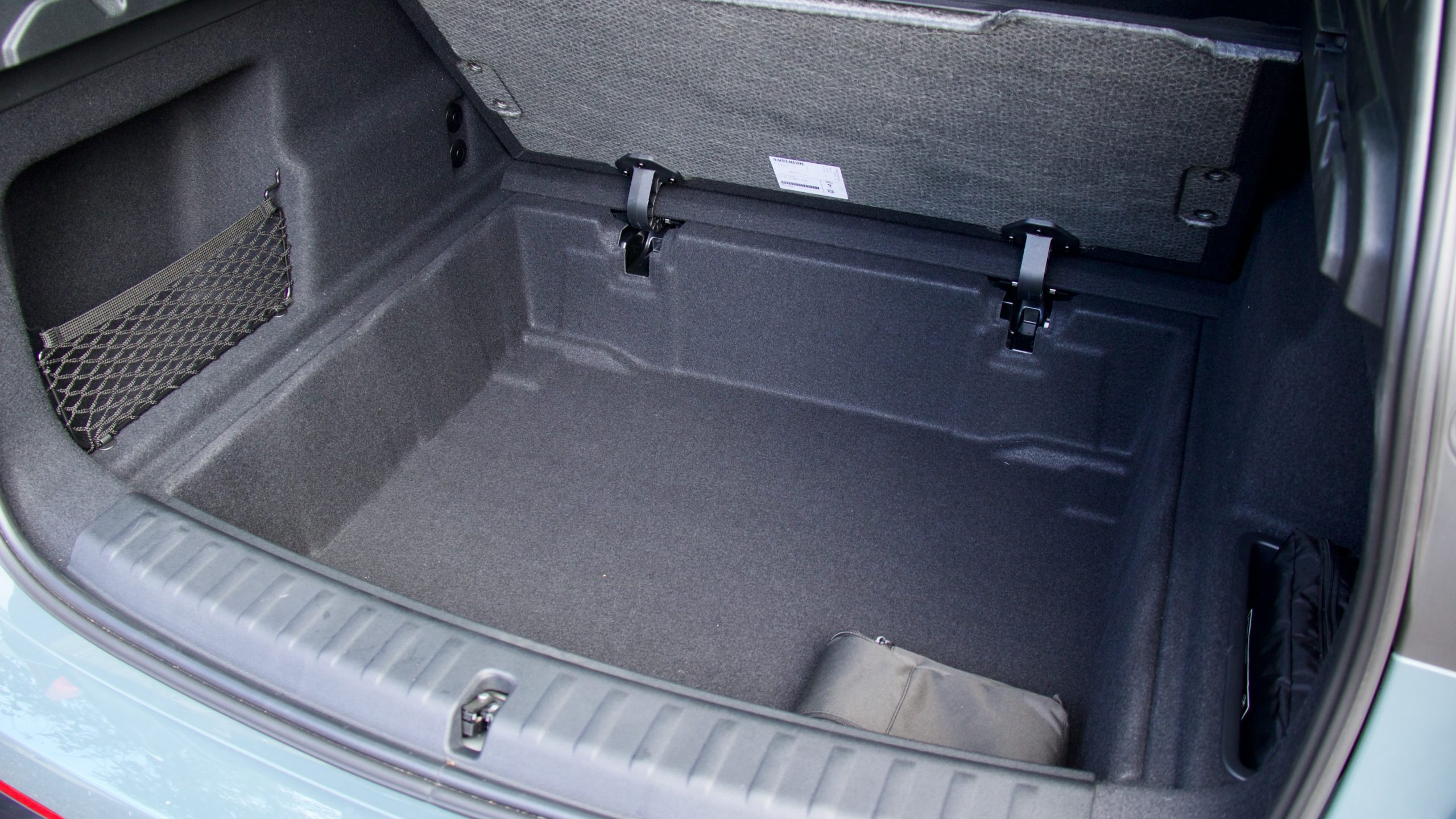
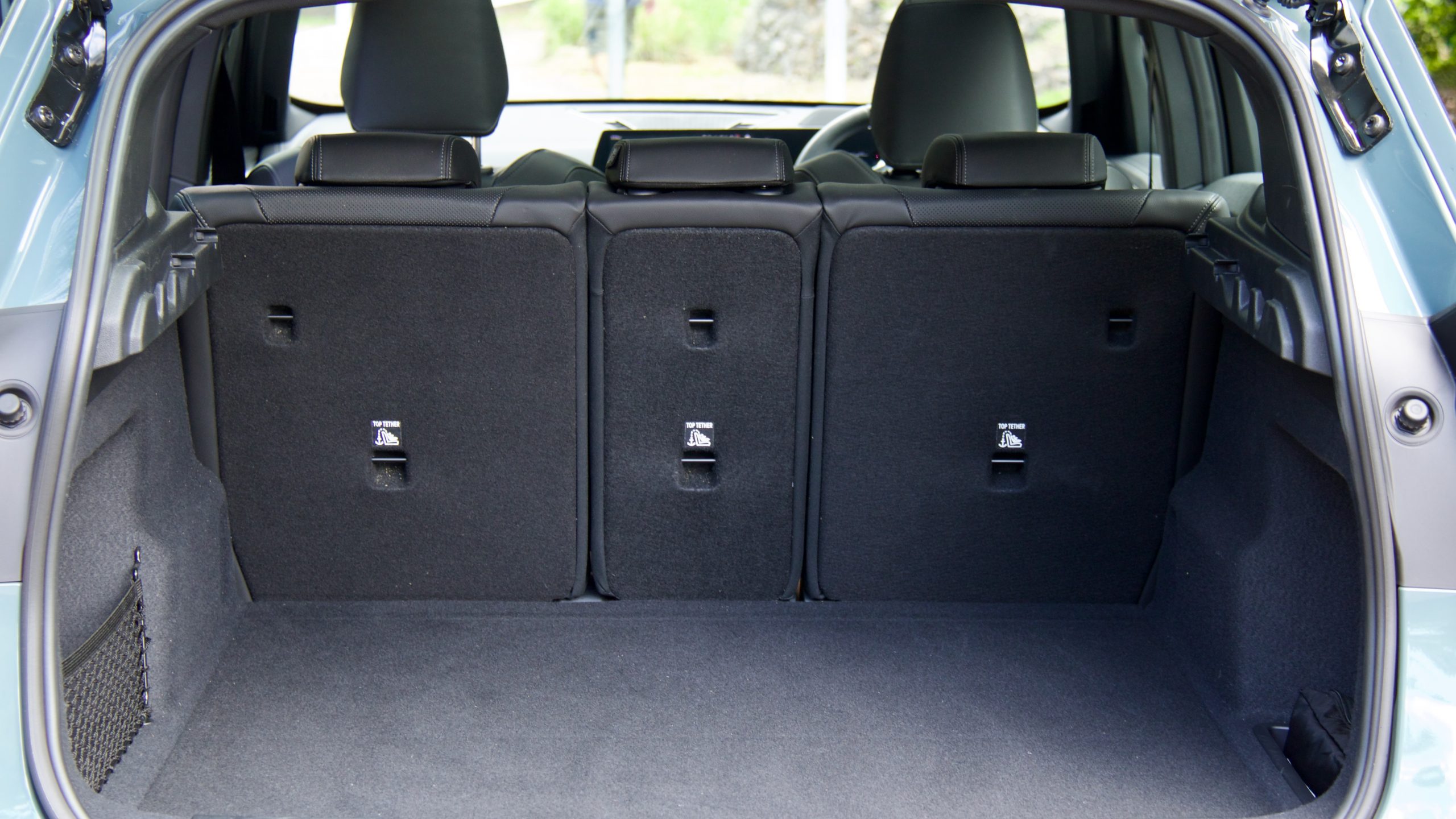
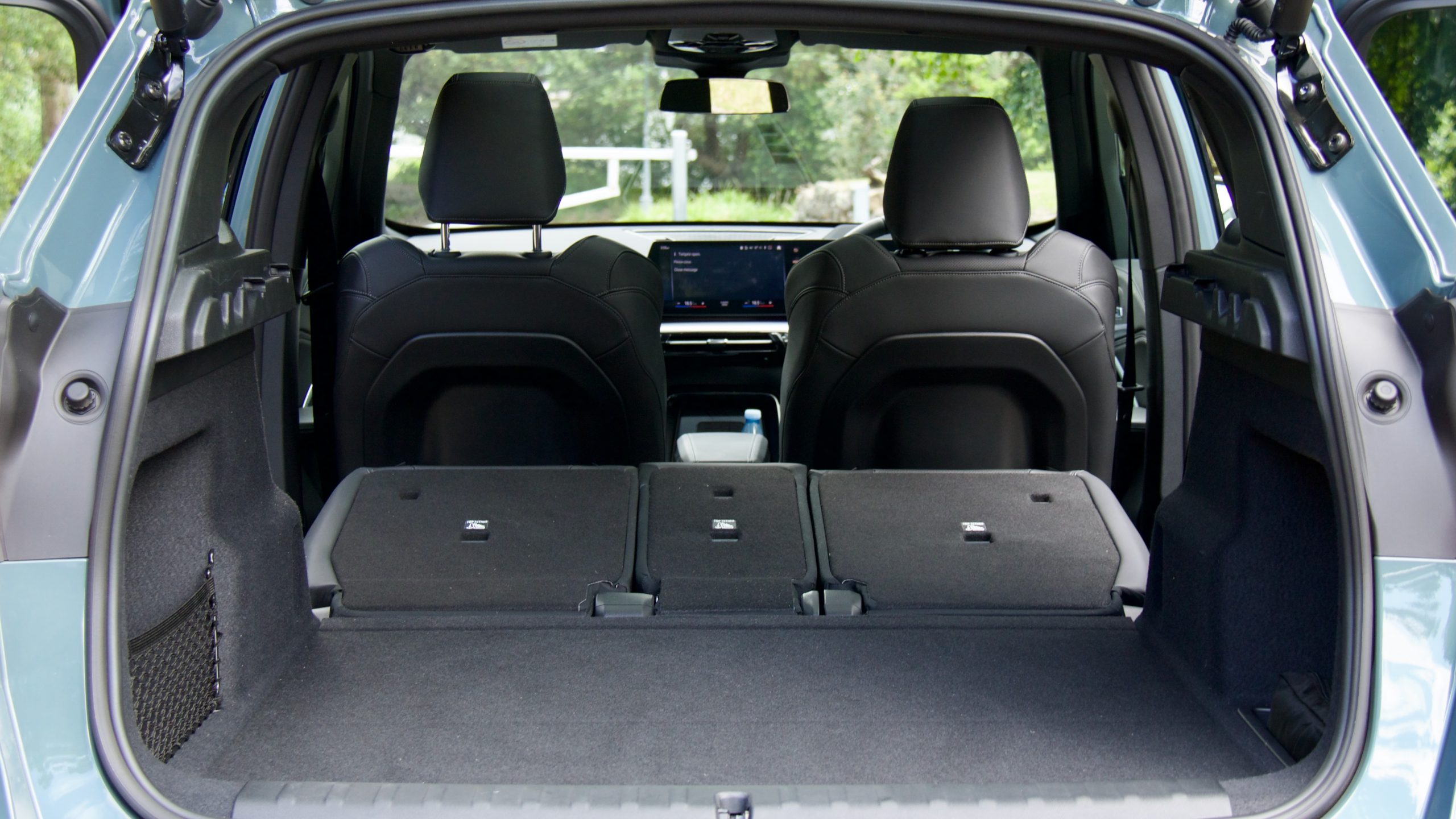
The boot of the 2023 BMW X1 sDrive18i measures a healthy 540-litres with the seats up, and an impressive 1,600L with the seats folded – that’s a full 170L more than the GLA200 and 264L more than the XC40. The boot features a massive underfloor storage area that almost doubles the available space, as well as a few hooks and side storage on both areas. As is the case with most BMW products, there’s unfortunately no spare wheel, just a repair kit.
Service & Warranty: 8/10
Like other new BMW products, the 2023 BMW X1 sDrive18i comes with a five-year/unlimited km warranty with only three years of roadside assistance. It has condition-based servicing, which means that the car determines when it needs servicing, but once-yearly or every 15,000km is a general guide. BMW doesn’t quote its service pricing, but a five-year/80,000km service pack is available on the X1 for a reasonable $2,150 ($430 per service) – an offer we’d definitely take up.
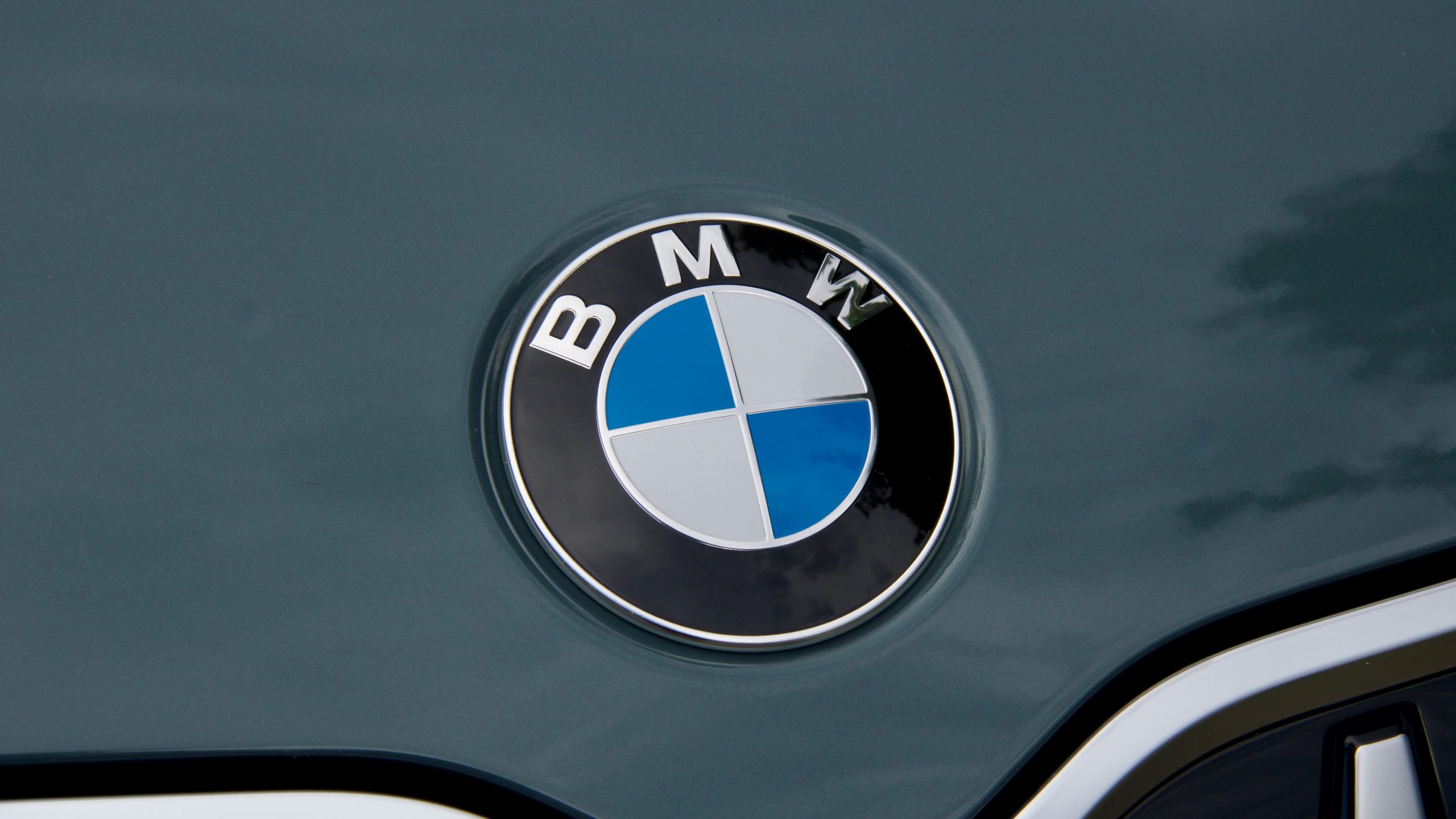
Mercedes-Benz, Volvo and Audi all offer five-year/unlimited km warranties in Australia, though while Audi and Mercedes-Benz give five years of roadside assistance, Volvo gives eight. Five-year service plans cost $2,500 for the XC40 and $2,700 for the Q3 (both up to 75,000km thanks to 15,000km service intervals) and $4,500 for the GLA200 up to 125,000km thanks to its longer 25,000km service intervals. While BMW gives less roadside assistance, its service package is better priced than all rivals.
The 2023 BMW X1 sDrive18i DiscoverAuto Rating: 8.1/10
Overall, BMW has finally built a really compelling option in the premium small SUV segment that’s very worthy of consideration over its rivals. It combines a willing and sweet three-cylinder turbocharged petrol engine, a good mix of ride and handling for more fun than rivals from behind the wheel, a practical, good quality and tech-filled cabin that features many new features to the BMW range and a pretty good value equation that doesn’t make the X1 even worth dipping into the options list.
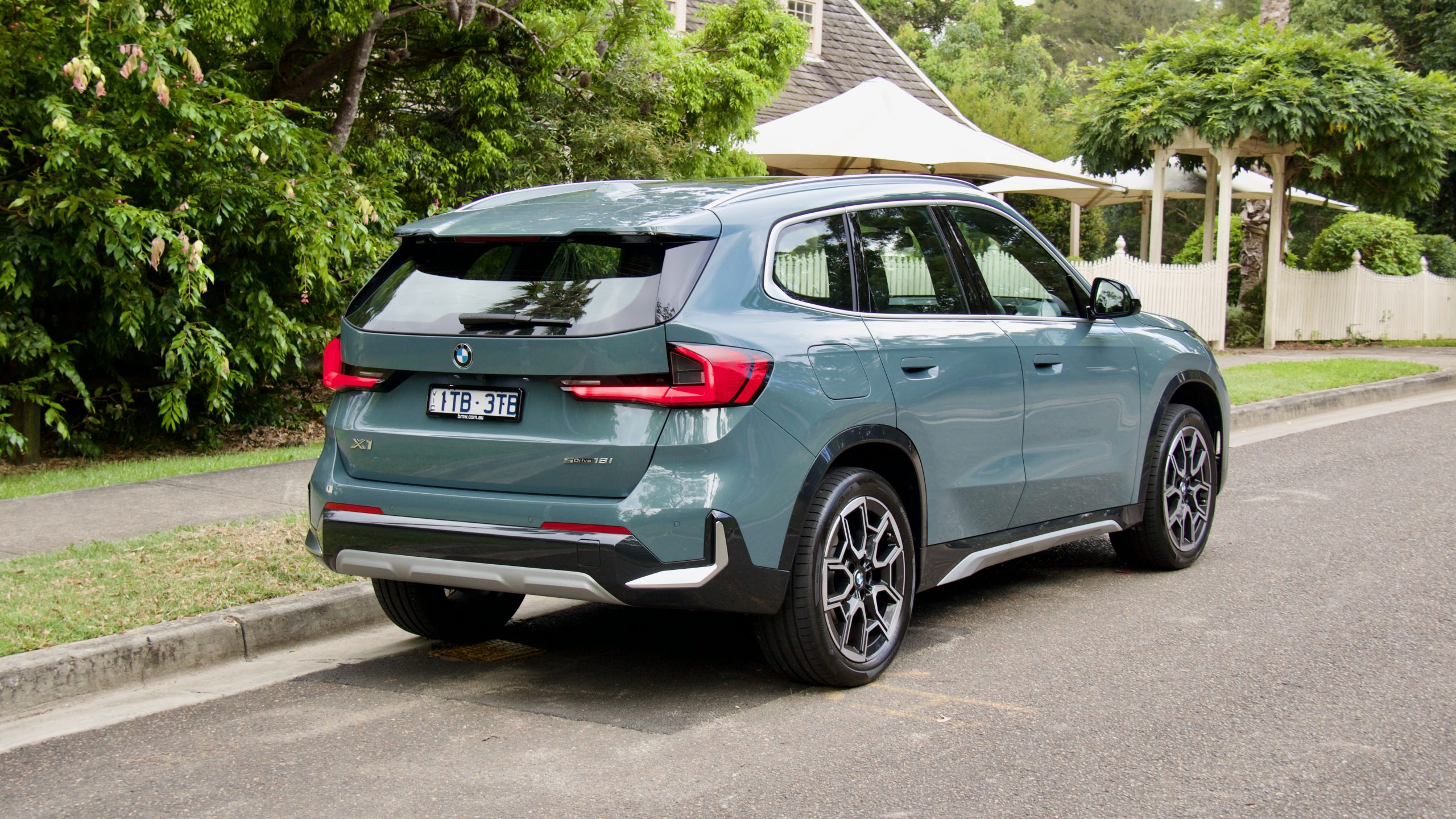
Of course, it isn’t perfect – the new Operating System 8 touchscreen may be more feature-packed than the older iDrive 7 system, but it just isn’t as easy to use, while getting features like heated seats on the entry-level sDrive18i is a subscription, rather than an option or standard equipment. We’d also like to see features like lumbar adjustment made available as well, which would make the X1 even better value. But overall, BMW has built a worthy premium small SUV that has climbed out of its Mini-based era and can finally stand on its own two feet within the BMW range, and indeed, the premium small SUV segment.
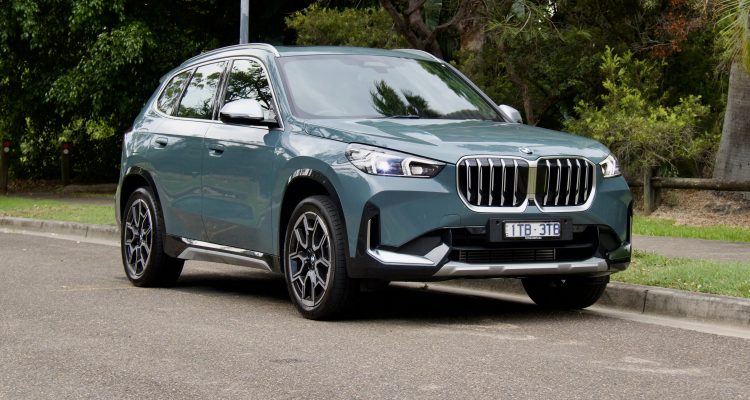
Leave a Reply